Have you ever wondered how your favorite tracks sound so polished, powerful, and harmoniously perfect?…
Well, that’s the magic of a mixing engineer at work.
Mixing engineers are the geniuses behind the curtain who bring out the true essence of a song by harmonizing all its elements.
In today’s article, we’ll be breaking down:
- What a mixing engineer is & how they differ from other engineers ✓
- The various roles & responsibilities a mixing engineer takes on ✓
- The array of skills required to become a mixing engineer ✓
- The intricate process of mixing (from start to finish) ✓
- How you could become a professional mixing engineer ✓
- Professional tips, tricks, and methods from industry professionals ✓
Whether you’re an aspiring audio engineer eager to learn more about mixing, or a music producer looking to understand the role of mixing engineers better, this guide is for you.
So, let’s dive in…
Table of Contents
- What Is a Mixing Engineer?
- What Does a Mixing Engineer Do?
- Mixing Engineers vs Mastering Engineers
- Responsibilities & Roles of Mixing Engineers
- Beyond the Faders: Inside the Life of a Mixing Engineer
- Beyond the Faders: Skills Required for a Mixing Engineer
- A Deep Dive into the Mixing Process
- Perfecting the Vocals: The Secret Sauce of the Mix
- How To Become a Mixing Engineer
- Searching for Engineer Jobs: Expert Tips & Resources
- Mixing Engineers: Final Thoughts
What Is a Mixing Engineer?
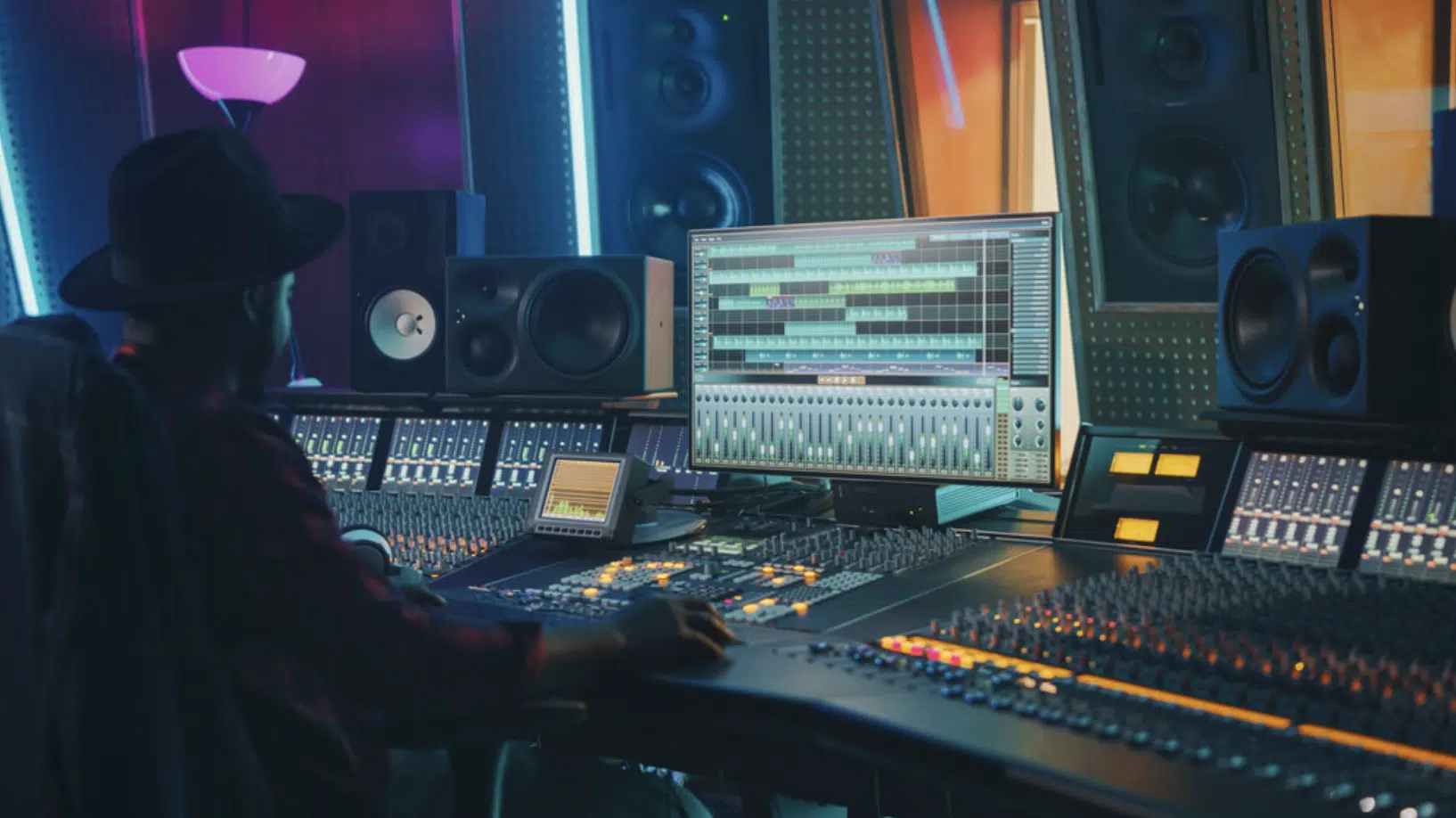
In the universe of music production, one role stands out for its quiet but significant influence on every track we hear: the mixing engineer.
With a set of skills as precise as the music they shape, mixing engineers are the unsung heroes of the audio world.
They polish raw recordings, turning them into the balanced, clear, and engaging tracks that we enjoy in our favorite playlists.
Consider your favorite song…
The way the vocals rise above the instruments, the bass thumps in perfect harmony with the drums, and the way each element of the track seems to find its perfect spot in the sound landscape.
That’s the work of a mixing engineer.
In the ever-evolving landscape of digital music production, the role of the mixing engineer has grown in importance and complexity.
Modern music demands a blend of artistic skill and technical knowledge, and the mixing engineer sits at that intersection.
If you’re asking yourself the following questions, you’ve come to the right place:
- What exactly does a mixing engineer do?
- How do they differ from other types of engineers?
- How can you become one?
Let’s break it down:
What Does a Mixing Engineer Do?
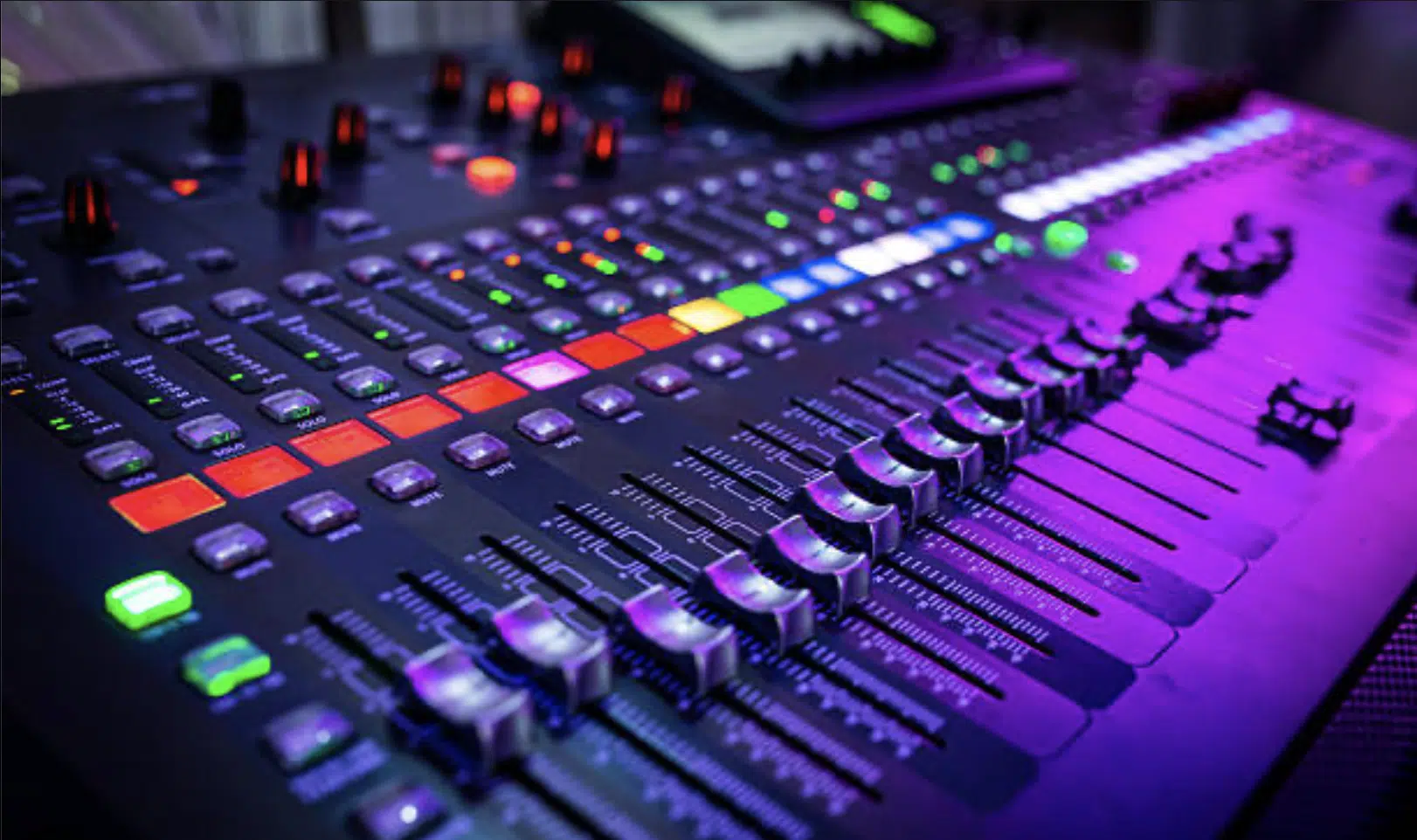
A mixing engineer is responsible for taking individual recorded instruments, vocals, and other sound elements, and blending them together.
They create professional mixes that sound balanced, pleasing, and cohesive.
This involves:
- Manipulating volume levels
- Panning
- Tweaking EQ settings
- Applying effects like reverb and delay
But there’s more to the role than just technical expertise.
A mixing engineer also adds a creative touch, shaping the track to align with the artist’s vision and the producer’s guidelines.
They have the ability to bring out the emotions of a song, highlight its most impactful elements, and craft a sonic experience that captivates listeners.
Most mixing engineers also work closely with artists, producers, and recording engineers.
NOTE: The terms ‘mixing engineer’ and ‘sound engineer’ are often used interchangeably, but they represent different roles in the audio industry.
Sound engineers, also known as audio engineers, typically oversee the technical aspects of recording, including microphone placement and equipment setup.
Mixing engineers, on the other hand, step in after the recording phase.
They take the audio files created by the recording engineers and shape them into a finished track.
Also, recording engineering is very different as well (explained below).
Mixing Engineers vs Mastering Engineers

Mixing and mastering are two distinct stages in the audio production process, but they’re closely linked and they often overlap.
As a mixing engineer, it’s important to understand the role of mastering and how it relates to your work.
- Mixing 一 The process of balancing and shaping the individual tracks in a song.
- Mastering 一 The process of polishing the final mix and preparing it for distribution.
But the line between the two can be blurry.
For example, a mixing engineer might use mastering tools like EQ and compression to shape the overall sound of the mix.
Similarly, a mastering engineer might make minor tweaks to the balance of a mix if it serves the overall sound.
While some engineers specialize in either mixing or mastering, many do both.
This can be a good way to maintain control over the sound from start to finish, but it also requires a broad set of skills and a deep understanding of the entire production process.
Whether you choose to specialize or not, understanding the relationship between mixing and mastering is key to producing a high-quality final product.
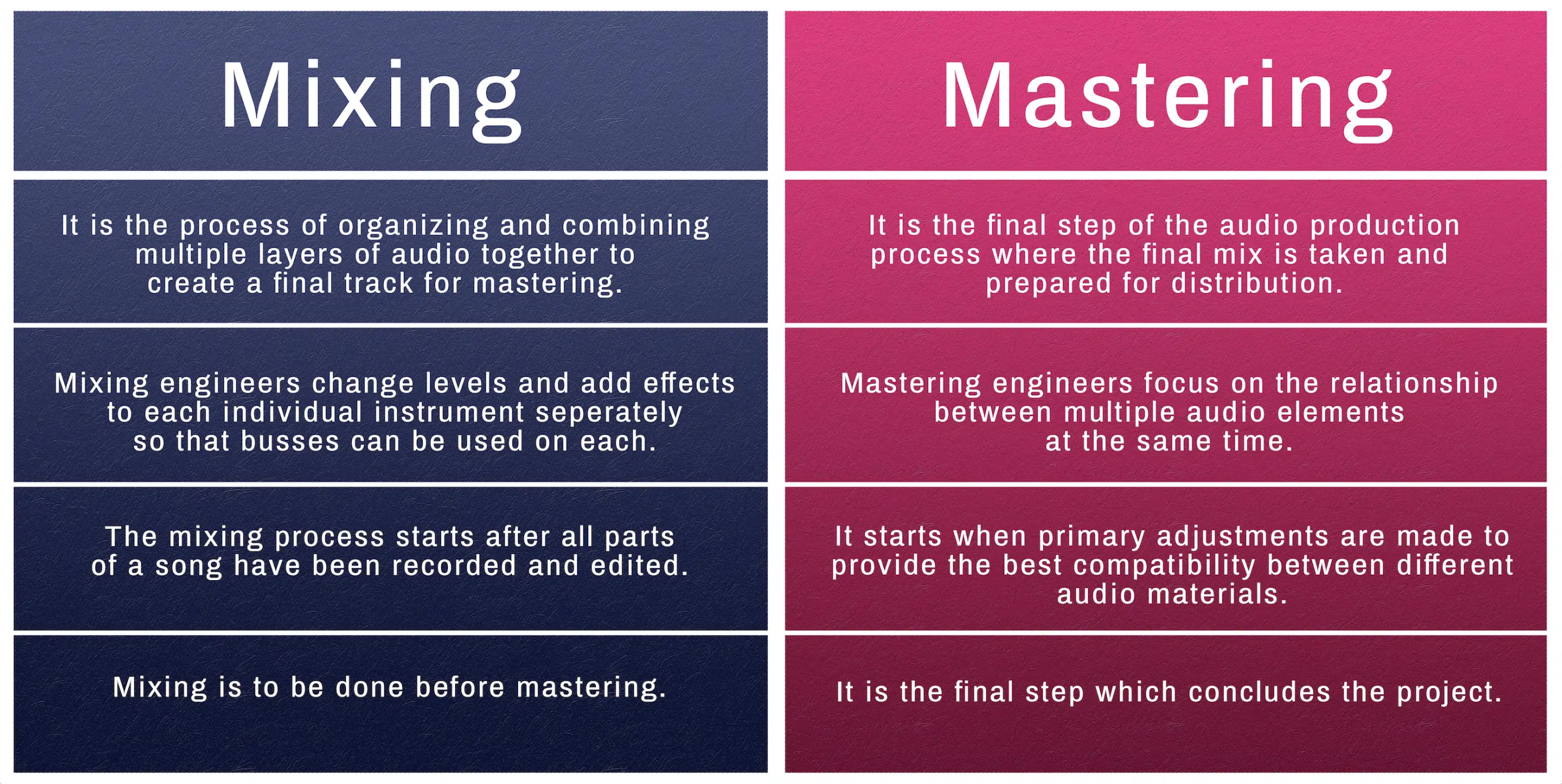
Responsibilities & Roles of Mixing Engineers
Now that you know exactly what a mixing engineer is and what they do, let’s break down their specific responsibilities and roles.
-
The Mixing Process: From Raw Tracks to the Final Mix
The process a mixing engineer follows to create a final mix is both a science and an art form.
✓ The First Step
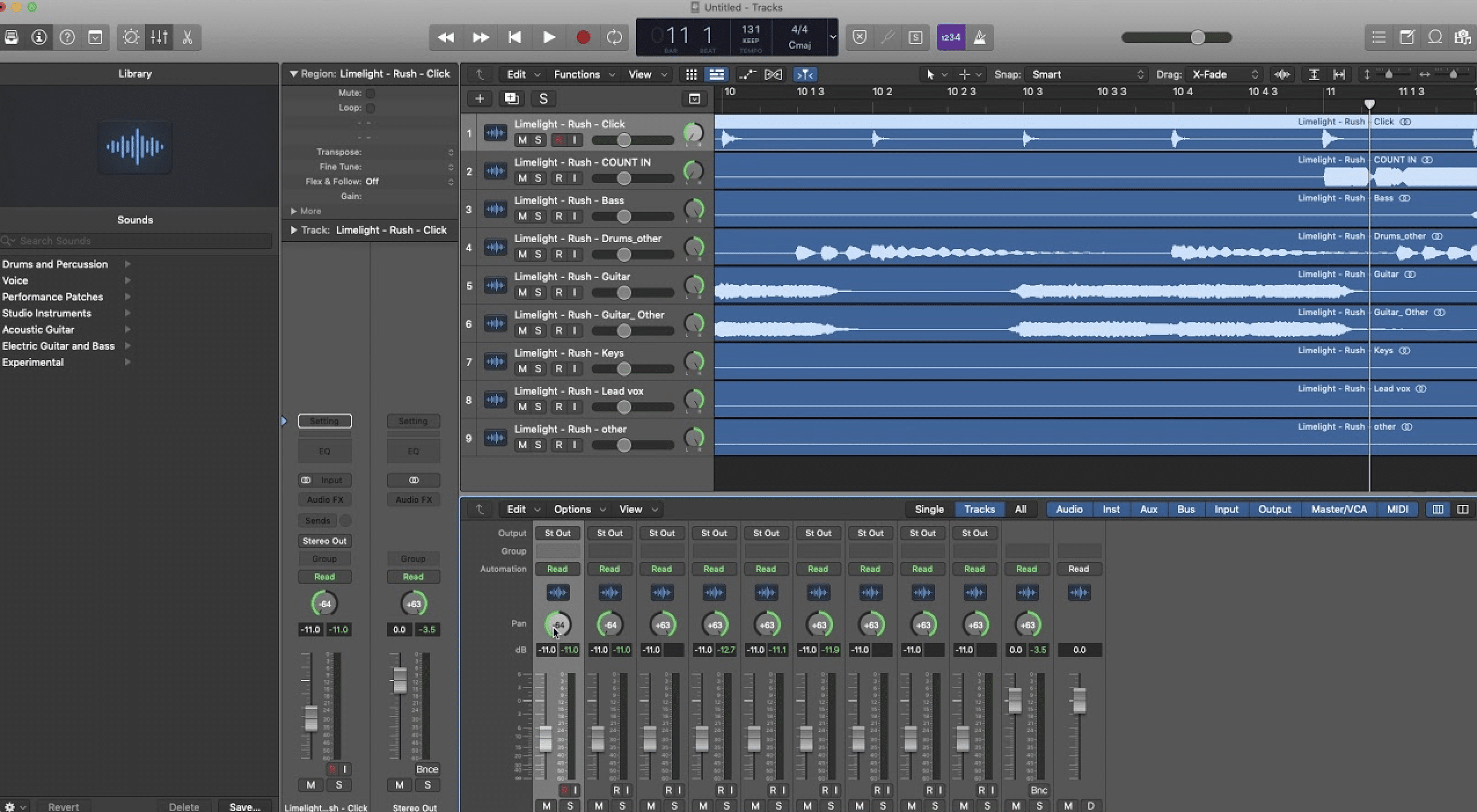
Usually involves importing all the tracks 一 which could include vocals, guitars, drums, synths, and a bunch of other instruments and sound effects 一 into a digital audio workstation (DAW).
✓ The Second Step
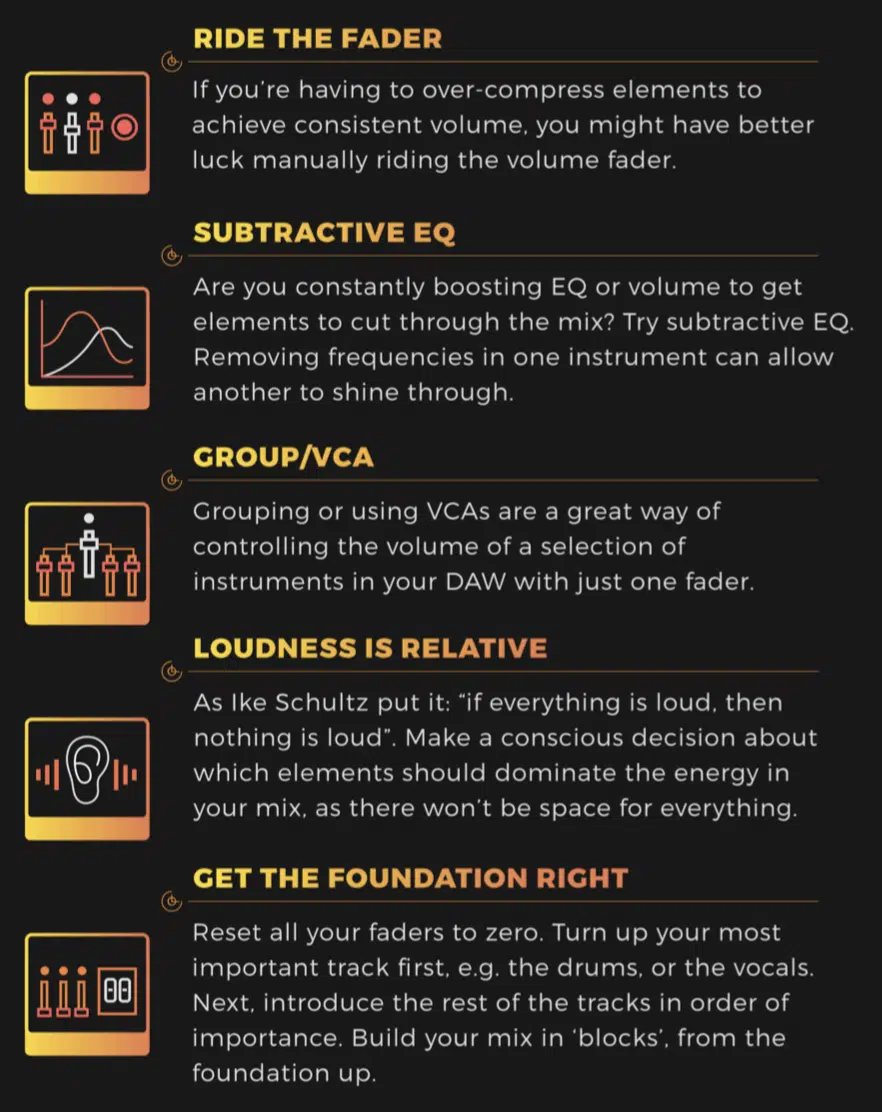
Requires the mixing engineer to listen carefully to and analyze each track so they can identify any problems and get a feel for how the elements could work together.
This could involve:
- Adjusting the volume levels of each track
- Panning instruments left or right for stereo placement
- Equalizing tracks to enhance or reduce specific frequency ranges
✓ The Third Step
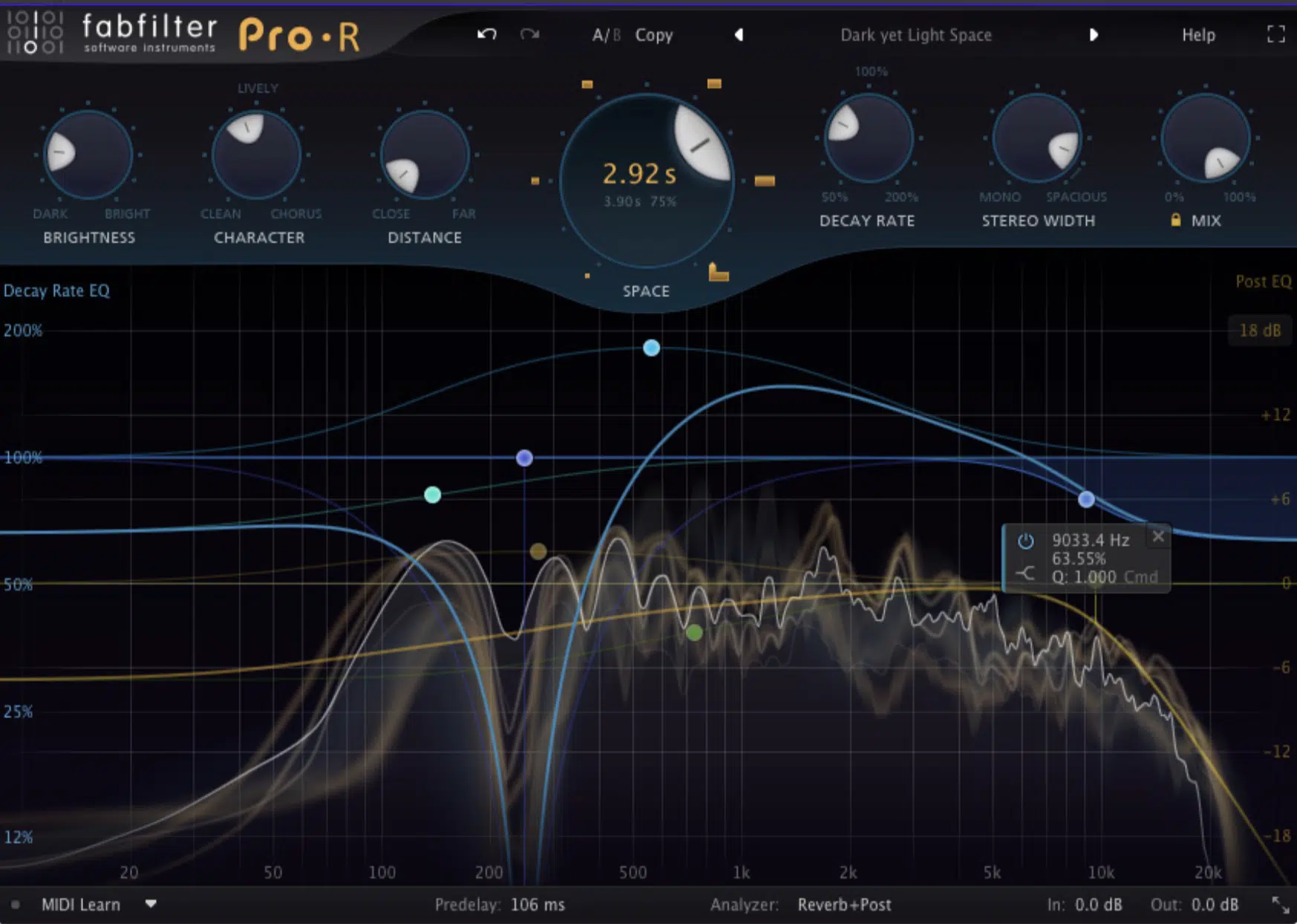
Involves adding effects, such as reverb for a sense of space, or delay for an echo effect.
The engineer might also compress some tracks to control dynamics, ensuring that no parts are too loud or too soft.
This step can greatly change the character of a mix, adding depth and interest to the sound.
✓ The Last Step

This is where automation comes into play.
The mixing engineer might automate the volume, panning, or audio effects on some tracks to change throughout the song.
For example, they could increase the reverb during a dreamy bridge section or reduce the volume of a guitar part that’s overpowering the vocals in a particular section.
Once the mixing engineer is happy with the mix, they bounce it down into a stereo audio file, which is then sent off for mastering.
The final mix should sound balanced, with every element clearly audible and contributing to the overall effect of the song.
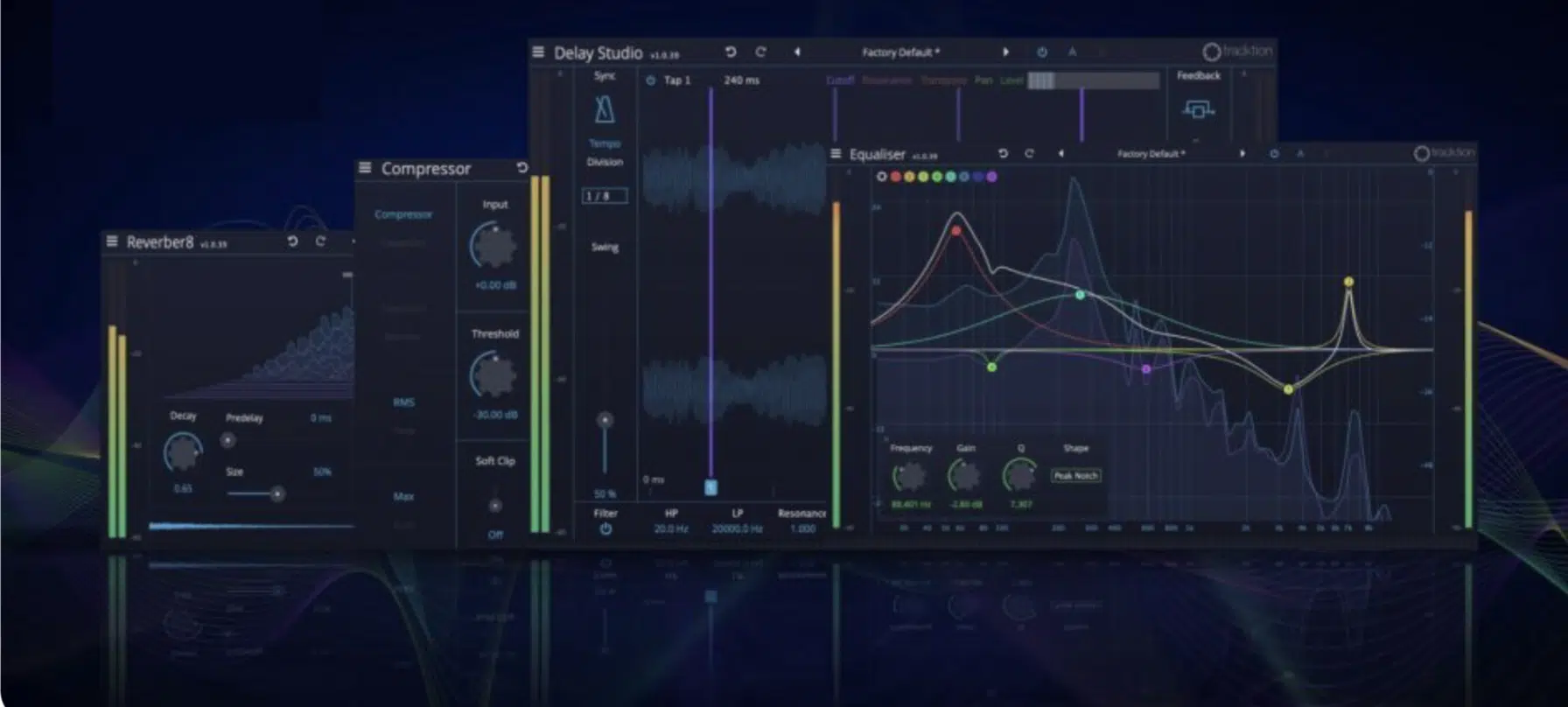
A mixing engineer’s toolkit is filled with various digital and analog devices designed to manipulate sound.
These include tools like:
- Equalizers 一 which adjust the balance of different frequencies
- Compressors 一 which control the dynamic range
- Reverb & delay units 一 which create space and depth
For example, a mixing engineer might use a high-pass filter on a vocal track to remove low frequencies that are making it sound muffled.
Or, they might add compression to a drum track in order to give it more punch.
There’s also the mixing console, whether physical or digital, where all the elements of a song come together.
Speaking of EQ and compression, if you’re looking for the absolute best EQ plugins and Compressor plugins, look no further.
Each track has its own channel on the console, complete with:
1. Faders to Adjust the Volume
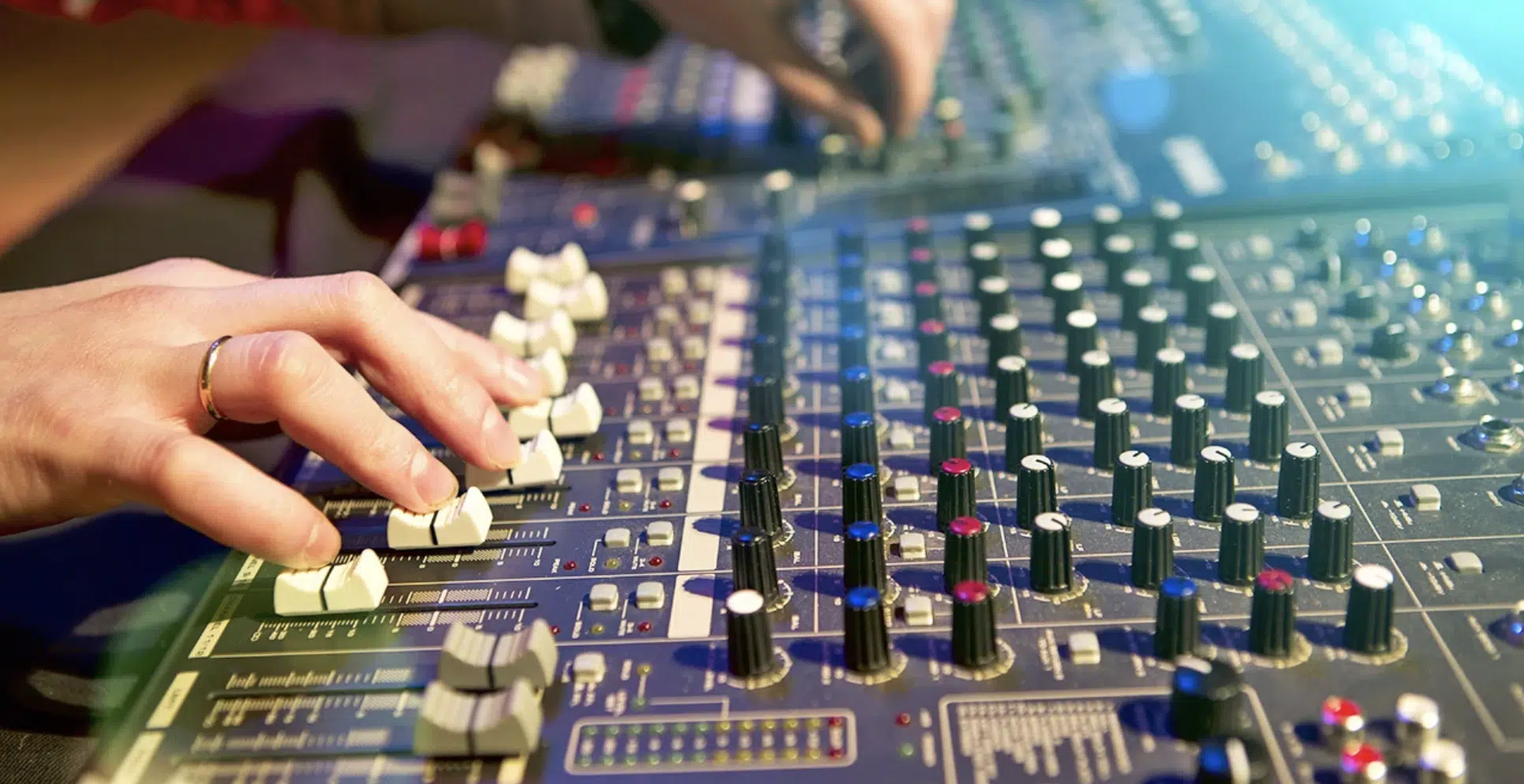
2. Pan Controls for Stereo Placement
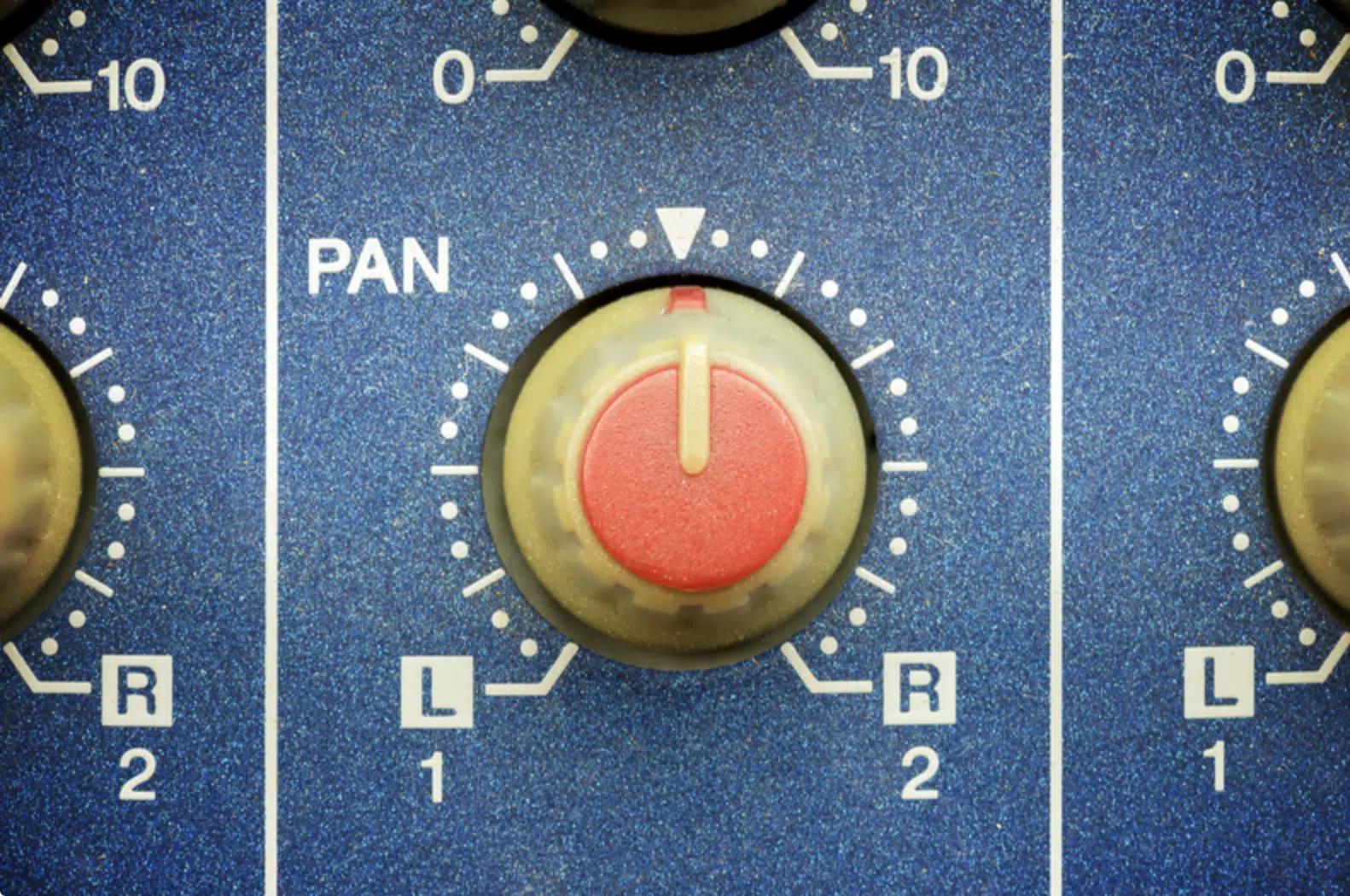
3. A Set of Basic EQ Controls
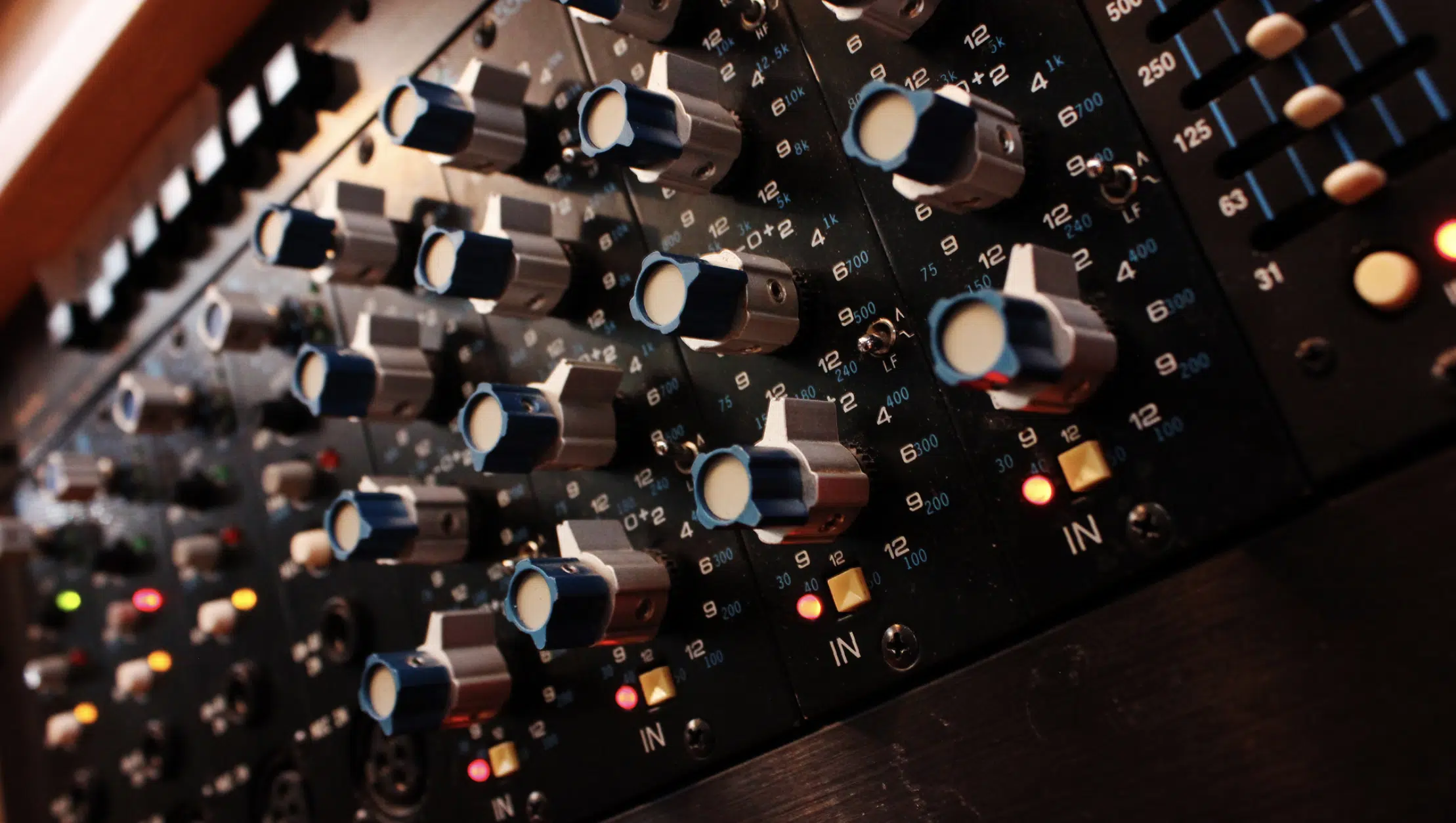
A skilled engineer can make nuanced adjustments on the console that bring out the best in each track.
In addition to these tools, many engineers use plugins that offer a vast range of sonic possibilities.
From vintage EQ emulations to cutting-edge spatial effects, plugins have revolutionized the mixing process.
However, having a wide array of tools at their disposal doesn’t mean a mixing engineer will use all of them on every mix… actually, it’s quite the opposite.
Understanding when to use a specific tool and when to leave a track untouched is a critical part of the job.
It’s often said in the industry that ‘less is more’, and that certainly applies to mixing!
A successful mix is not just about using the right tools, but also about knowing how to use them effectively.
For instance, understanding how to balance frequencies with an EQ can prevent a mix from sounding too bass-heavy or too shrill.
As well as knowing how to set the attack & release times on a compressor can add punch to a snare drum or smooth out a vocal performance.
Beyond the Faders: Inside the Life of a Mixing Engineer
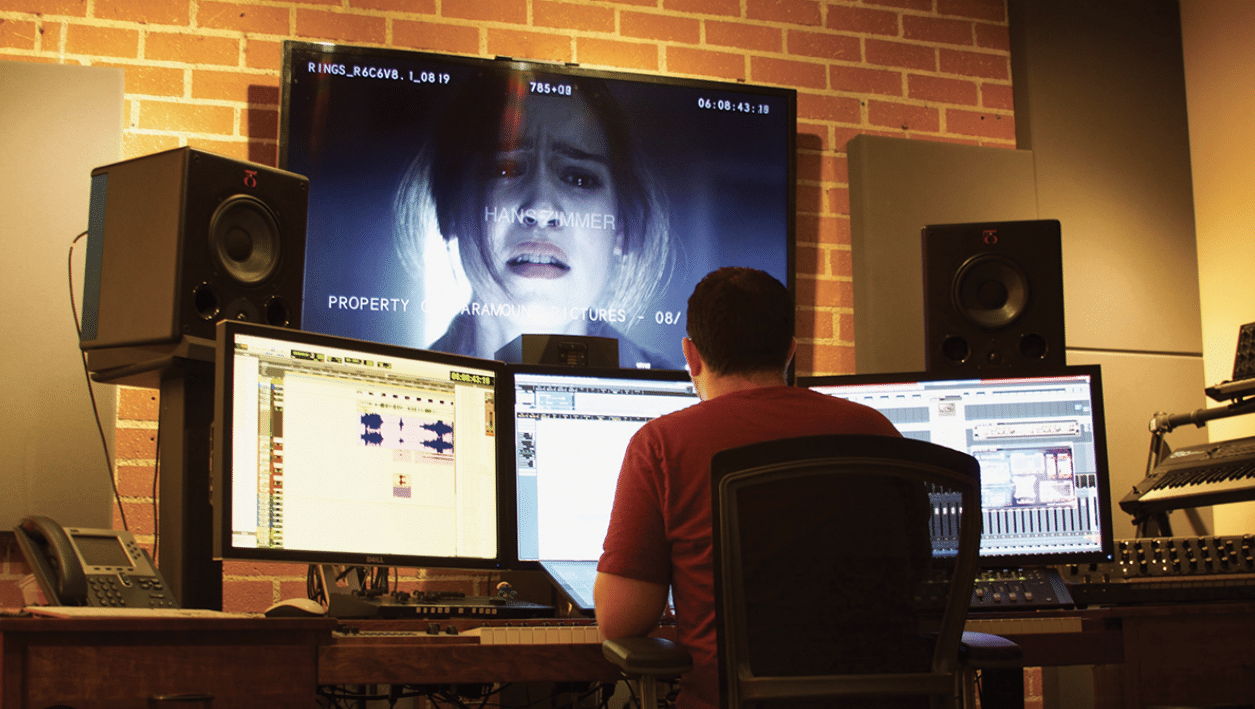
Mixing engineering isn’t just confined to the studio. There’s a wide array of opportunities in:
- Live sound
- Broadcasting
- Post-production
- Film, TV, and movies (above)
- Designing sound for video games
I’ll break them down for you a little further, so you have a better idea of what I’m talking about.
- In a live sound setting: the mixing engineer (often called a sound engineer) is responsible for balancing the sound of the musicians on stage, using a mixer to adjust volume levels and EQ settings in real time.
- In broadcasting and post-production: the mixing engineer’s role involves balancing dialogue, sound effects, and music to create a seamless audio experience. This often involves using automation to make precise changes to volume levels and other settings over the course of a scene or segment.
- In film, TV, and movies: the mixing engineer is responsible for creating an immersive and captivating sound experience that aligns with the visual narrative. This involves meticulous balancing of dialogue, sound effects, music scores, and ambient sounds to evoke specific emotional responses and reinforce the storyline.
- In video game sound design: the mixing engineer might work alongside composers and sound designers to create immersive soundscapes that respond dynamically to the player’s actions.
What all these engineering jobs have in common is a focus on balance, depth, and clarity.
Whether they’re working in a recording studio or a live venue, on a film set, or in a game development studio, mixing engineers are the ones who shape the final sound that the audience hears.
-
Importance of Pitch Correction in Mixing
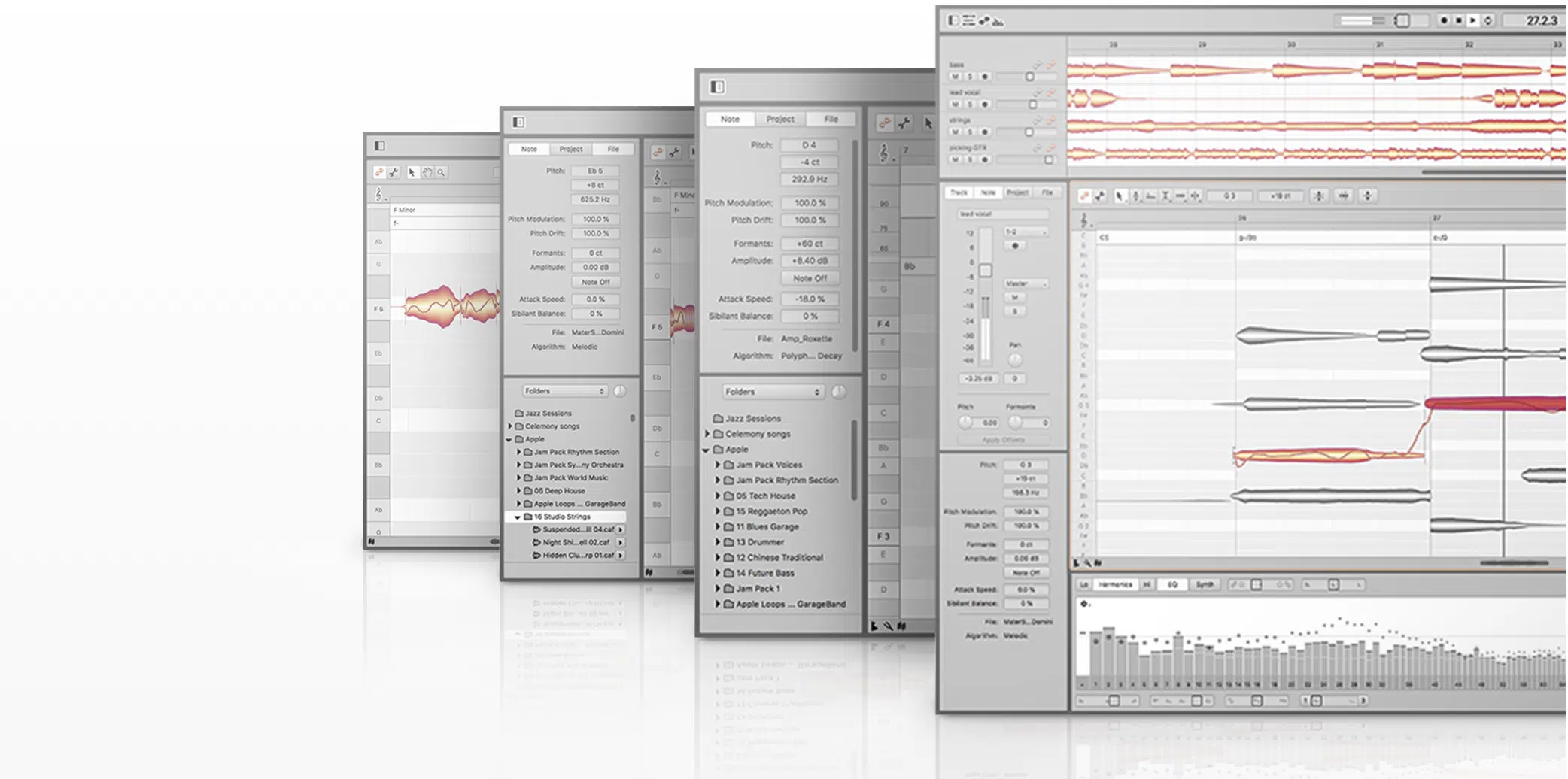
In the era of digital music production, pitch correction has become a common tool for ensuring that vocal performances are in tune.
Pitch correction software, like Auto-Tune or Melodyne, allows the mixing engineer to make subtle adjustments to the pitch of a vocal track, ensuring that it’s in tune with the rest of the music.
NOTE: This can be especially important in genres like pop (pop songs) and hip-hop, where vocal precision is often a key element of the sound.
However, like any tool, pitch correction must be used with care.
Too much correction can make a vocal sound unnatural or robotic 一 a sound that’s sometimes used for artistic effect but can be off-putting if it’s not what the artist intended.
Whether or not pitch correction is part of your role as a mixing engineer, it’s important to understand how it works and how it can affect the sound of a mix.
As with all the tools in a mixing engineer’s kit, the key is to use it tastefully and in service of the song.
Beyond the Faders: Skills Required for a Mixing Engineer
Now let’s talk about the actual skills that mixing engineers must have in order to excel and succeed in the music industry.
-
Music Theory
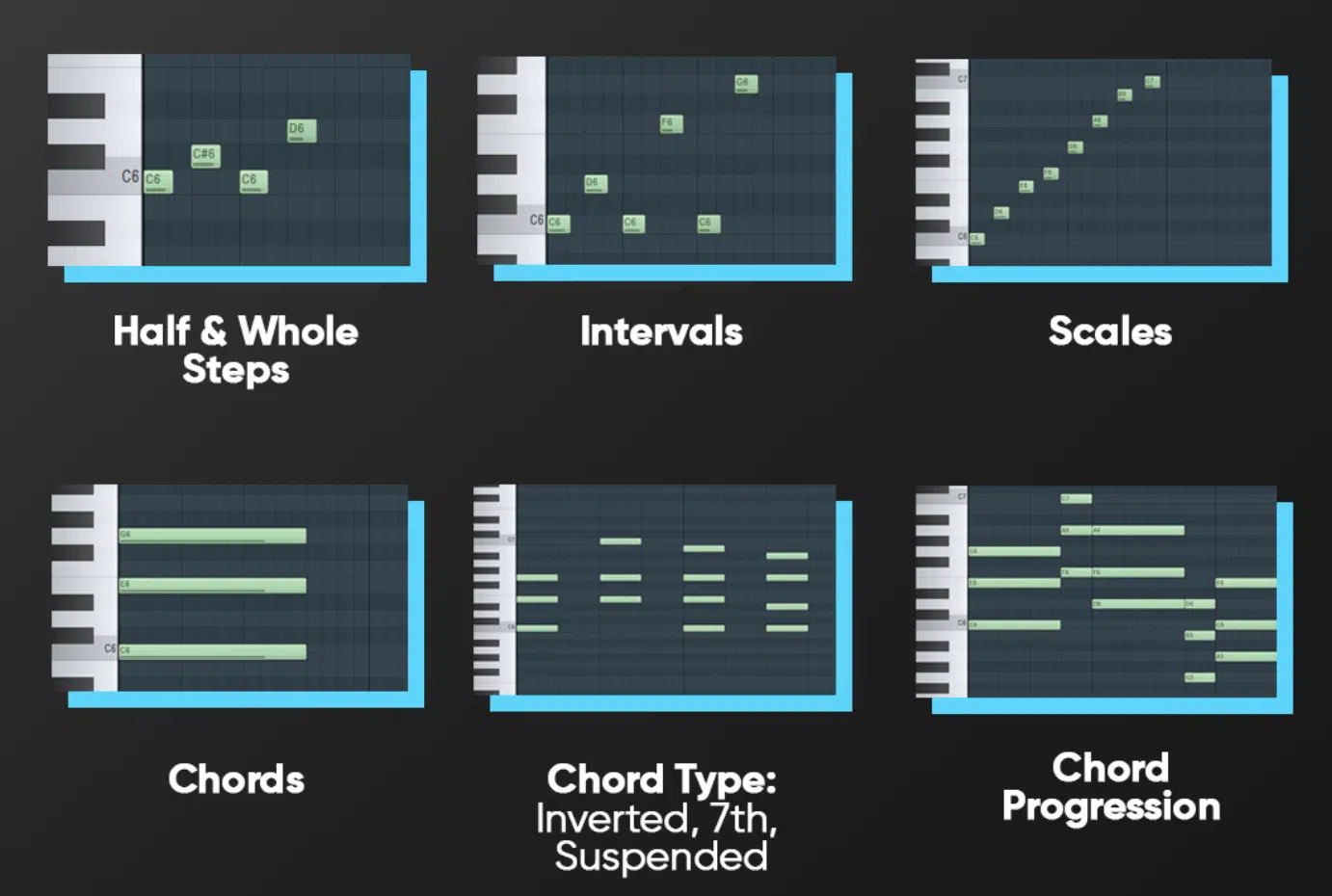
While it’s true that a mixing engineer’s job is largely technical, there’s a firm grasp of Music Theory that allows a mixing engineer to understand the structure of the song they’re working with.
This understanding can guide decisions about:
- Balance
- Dynamics
- Effects
This understanding helps the engineer highlight important moments in the song and create a mix that supports the overall composition.
For instance, knowing when a chorus or a key change is coming up can help you plan for volume or EQ shifts.
Understanding the harmonic content of a track can guide decisions about panning or effect use.
In other words, a solid foundation in music theory can make the technical aspects of the mixing process more intuitive and effective.
And let’s not forget… mixing engineers often work closely with artists and producers (like yourself), who speak the same ‘music theory language’ to communicate their ideas for the mix.
Being able to speak that language can make collaboration smoother & more productive.
So while it’s certainly possible to work as a mixing engineer without a deep understanding of music theory, developing that understanding can elevate your work and open up new possibilities.
-
Audio Production
Mixing is an integral part of the audio production process, so it’s no surprise that a solid understanding of audio production is essential for a mixing engineer.
But what exactly does that entail?…
Well, first and foremost, it means understanding the technical aspects of sound and recording. This includes things like:
1. How Microphones & Preamps Work

2. What Different Types of Audio Effects Do
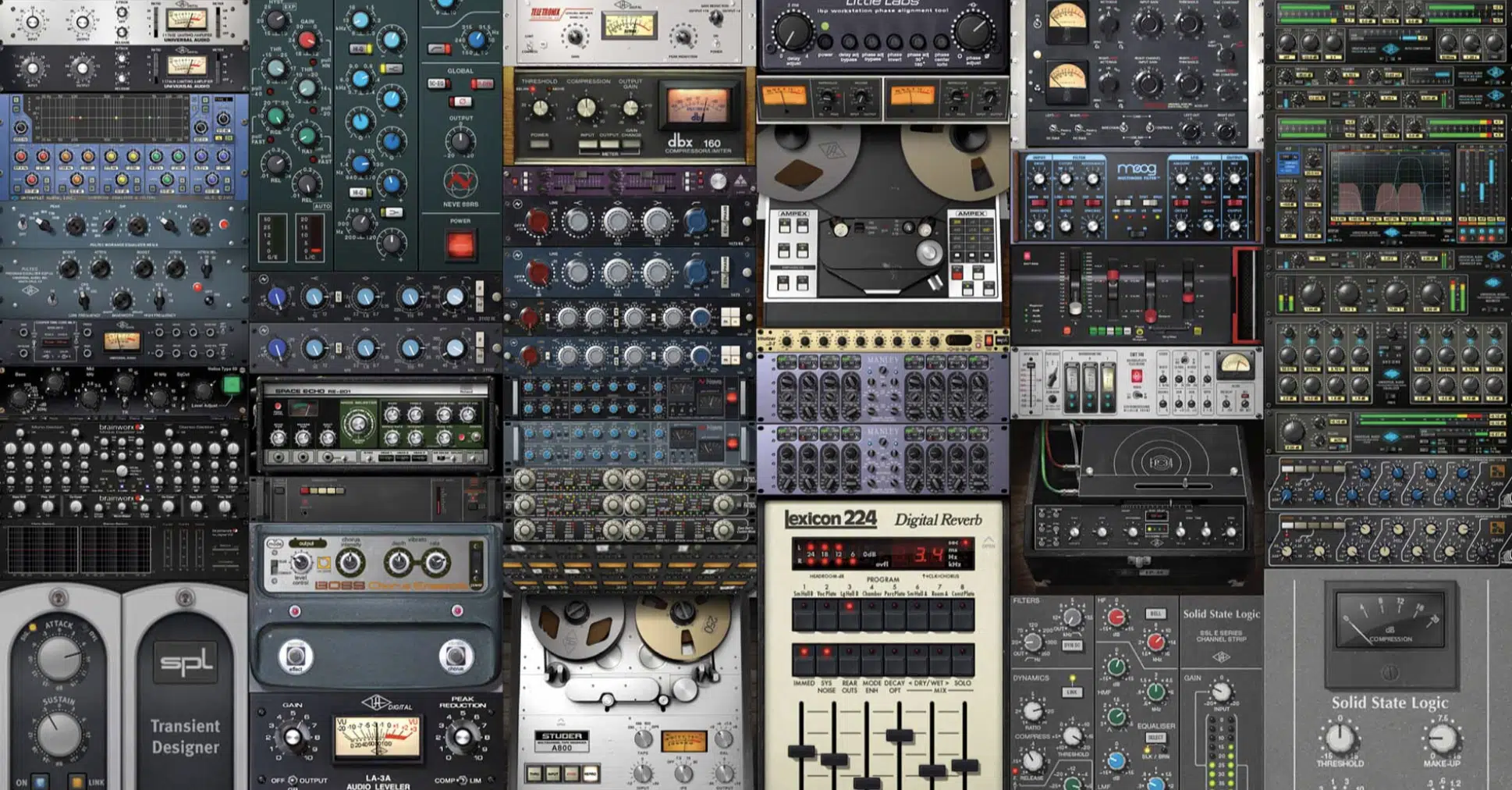
3. How to Use a DAW Effectively
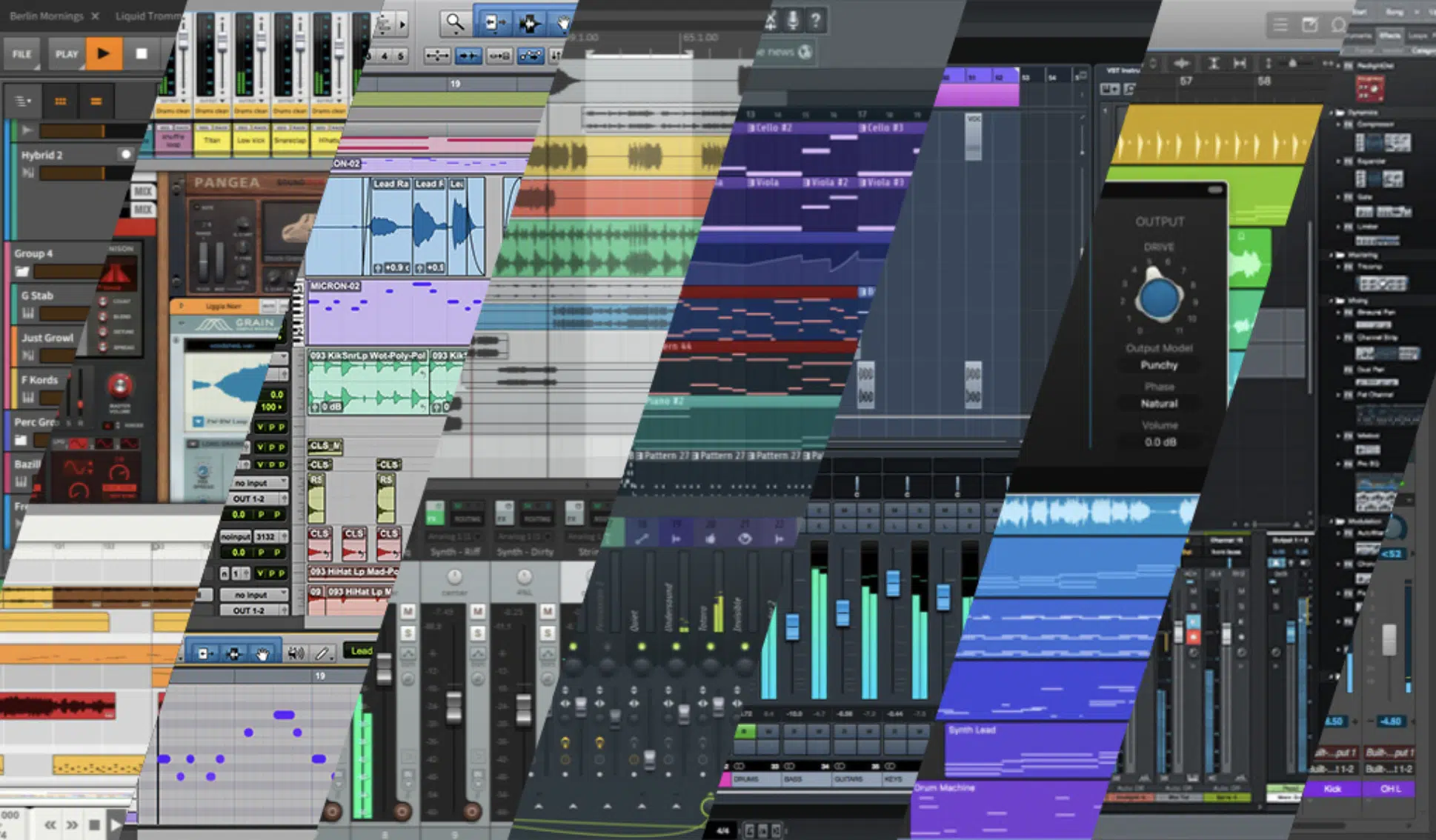
A good grounding in audio production also means understanding the creative and aesthetic aspects of recording and mixing. This might involve:
- Knowing how to create a certain sound with EQ and compression
- Understanding how to use reverb and delay to create a sense of space
- Being able to bring out the emotion in vocal performances with careful automation
Finally, understanding audio production involves knowing how to manage a session effectively. This includes:
- Organizing tracks & takes in a logical way
- Setting up an efficient workflow in your DAW
- Managing the dynamics of a recording session with artists & producers
While the role of a mixing engineer is specialized, it’s deeply embedded in the wider process of audio production.
The more you understand that process, the better equipped you’ll be to create high-quality mixes.
-
Recording Quality

As a mixing engineer, you might think that the quality of the recordings you’re working with is out of your hands.
After all, isn’t that the recording engineer’s job?… Well, yes and no.
While the recording engineer is responsible for capturing the best possible sound at the source, the mixing engineer has a critical role in shaping and enhancing that sound.
And the quality of the recordings you’re working with can have a big impact on what’s possible in the mix.
If a track is well-recorded, with good separation between the instruments and a clean, clear sound, then the mixing engineer has a great starting point.
They can focus on enhancing and balancing the sound, rather than fixing problems.
On the other hand, if a track is poorly recorded (a lot of background noise, or instruments bleeding into each other’s microphones) then the mixing engineer will have to spend time cleaning things up.
That can limit what’s possible in terms of creative mixing, and it can make the mixing process a lot more time-consuming.
The quality of the recording process is a key factor in the final result of the mix.
So as a mixing engineer, you should always strive for the best possible recording quality and collaborate closely with the recording team to achieve it.
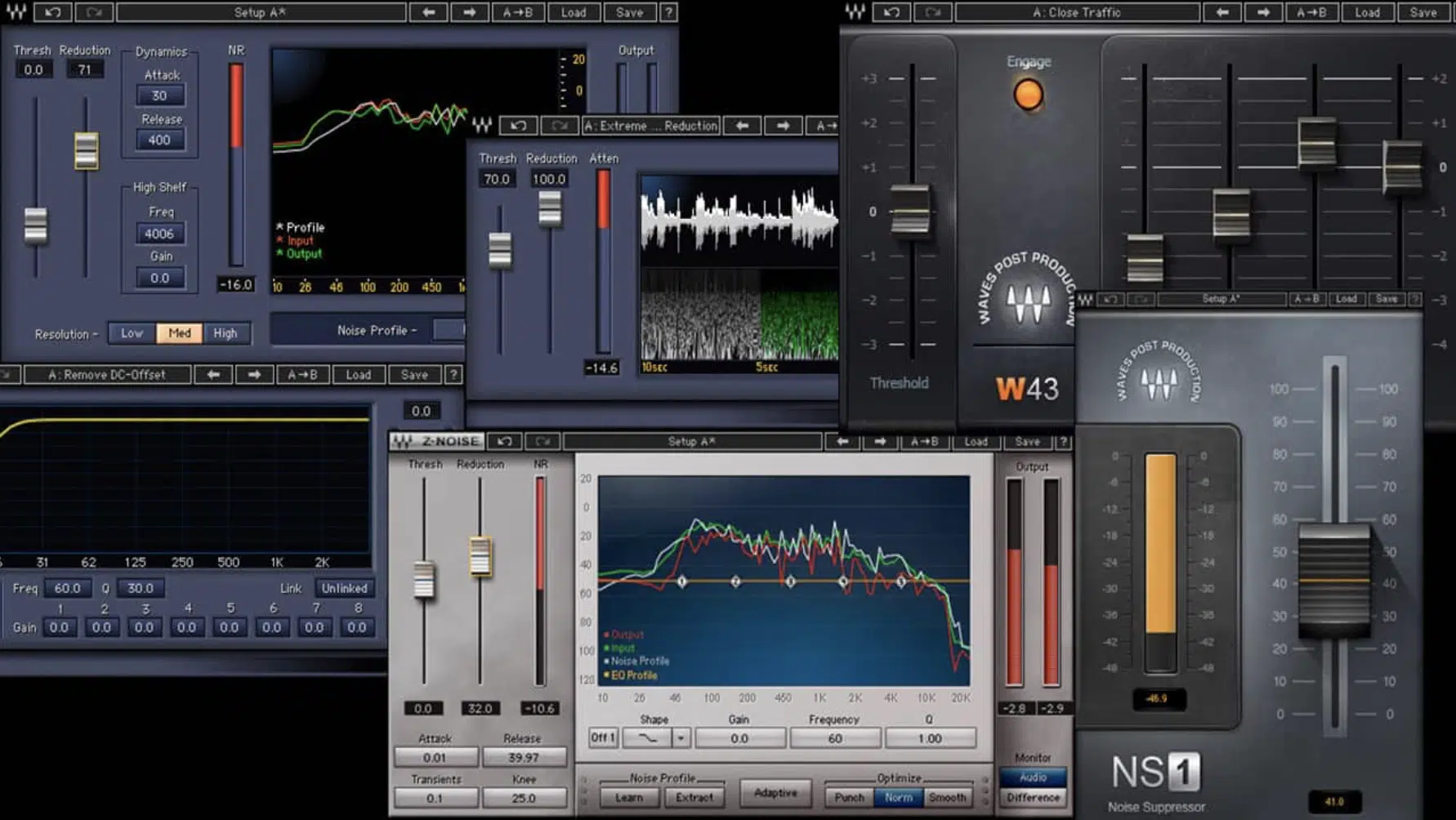
Every mixing engineer knows that unwanted sounds are part of the job.
These could be anything from background noise on a vocal take to a squeaky bass drum pedal, and they can pose a real challenge to the mixing process.
The first step in dealing with unwanted sounds is to try and prevent them at the source.
This could involve things like:
- Using high-quality cables and equipment
- Setting up microphones carefully to avoid picking up unwanted noise
- Ensuring that instruments are properly maintained
But despite your best efforts, unwanted sounds can still make their way into the mix.
When this happens, it’s the mixing engineer’s job to minimize their impact.
This can involve a range of techniques 一 from using noise reduction plugins to manually editing out the offending sounds.
In my opinion, the most important skill in dealing with unwanted sounds, though, is a keen ear.
The ability to detect and identify unwanted sounds is the first step in eliminating them.
This requires a thorough understanding of the frequency spectrum, and the ability to focus on specific elements of a complex audio signal.
With the right tools, techniques, and a careful ear, you can ensure that these sounds don’t detract from the quality of your mix.
A Deep Dive into the Mixing Process
At its core, a mixed sound is made up of various sonic elements.
These are the basic building blocks of a mix 一 the individual sounds and tracks that come together to create the final piece of music.
Understanding these different sonic elements and how they interact is fundamental to the work of a mixing engineer.
The following are primary sonic elements that mixing engineers need to understand and master:
-
Melodies
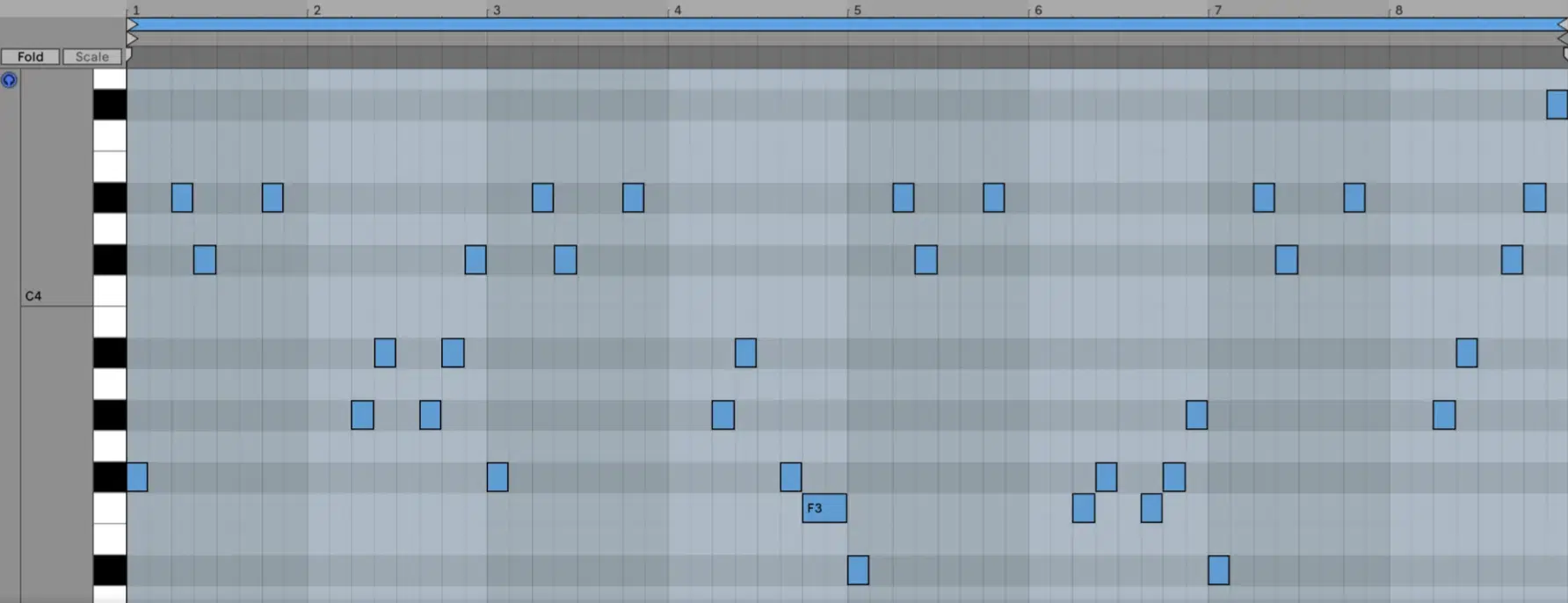
One of the primary sonic elements is melody, typically carried by the lead vocals and main instruments.
Melodies are usually the most recognizable part of a song and often the focal point of a mix.
As a mixing engineer, your job is to make sure the melody comes through clearly, without being overshadowed by other elements.
-
Harmony
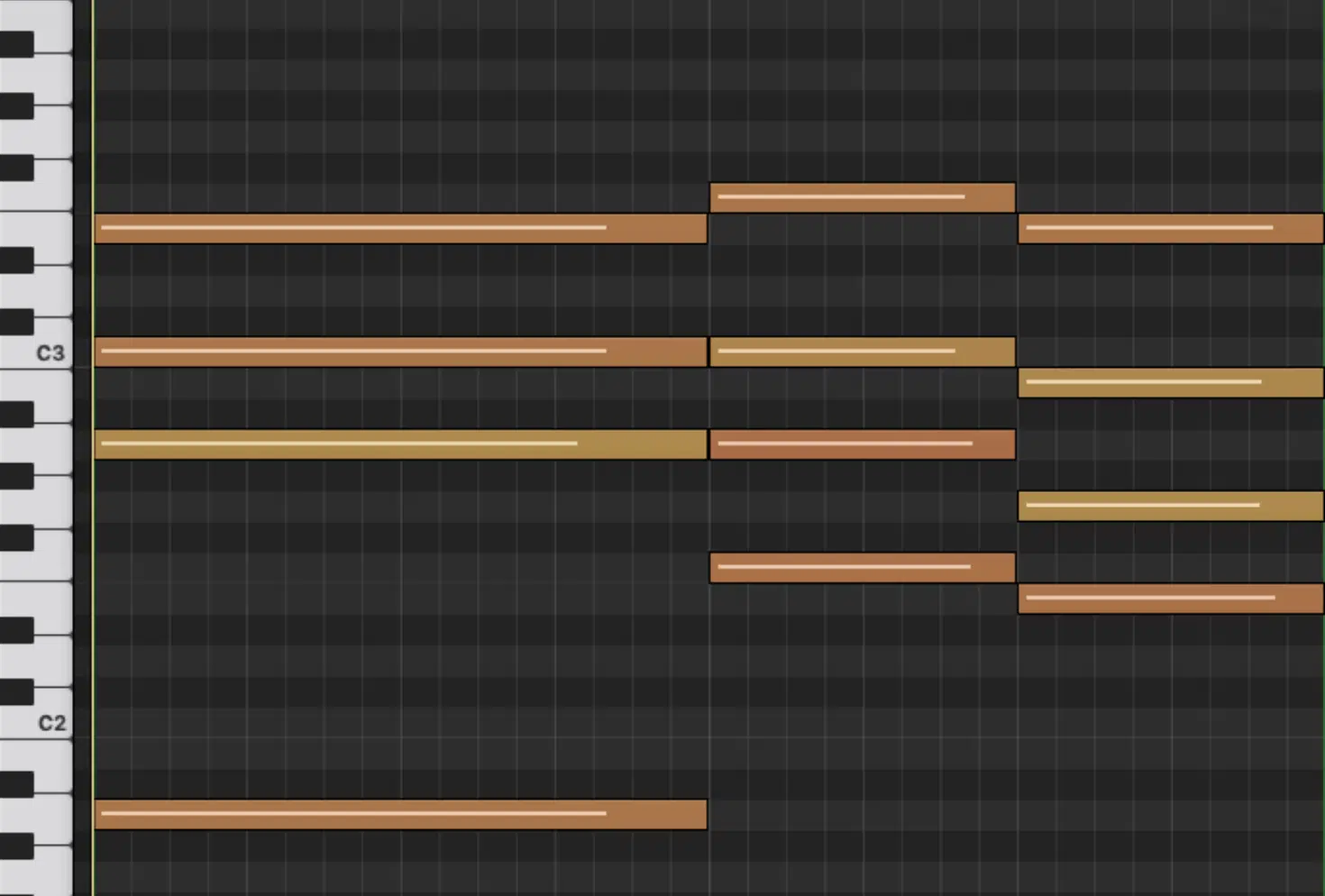
Harmony is another crucial sonic element that every mixing engineer needs to know.
This is typically provided by chords played on instruments like guitars, keyboards, or synthesized pads.
The harmonic content of a track can create a sense of depth and complexity, and it’s often the glue that holds a mix together.
-
Rhythm
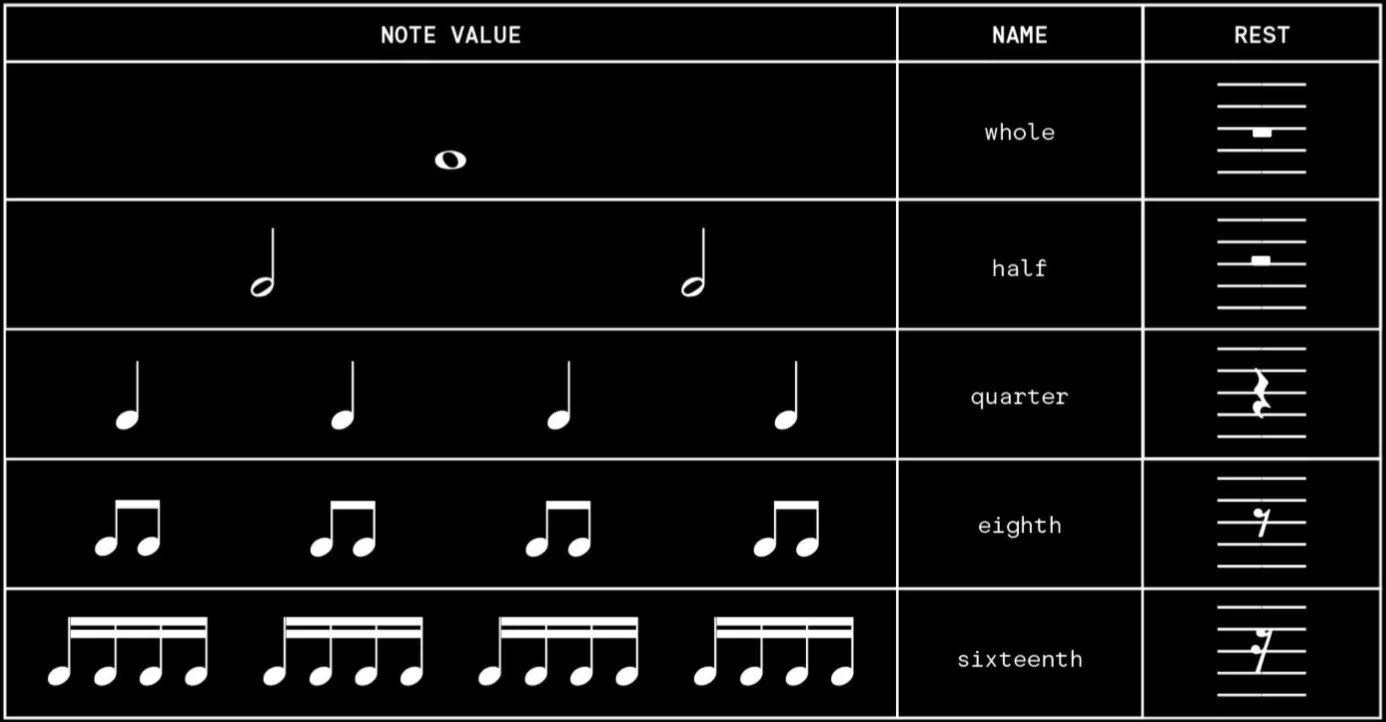
Rhythm, provided by drums, bass, and other percussive elements, is the engine of a mix.
It provides energy and movement, and it’s often the element that listeners connect with on a physical level.
Balancing the rhythm section in a mix can be a delicate task, as these elements need to drive the song without overwhelming the melodic and harmonic content.
-
Texture & Timbre
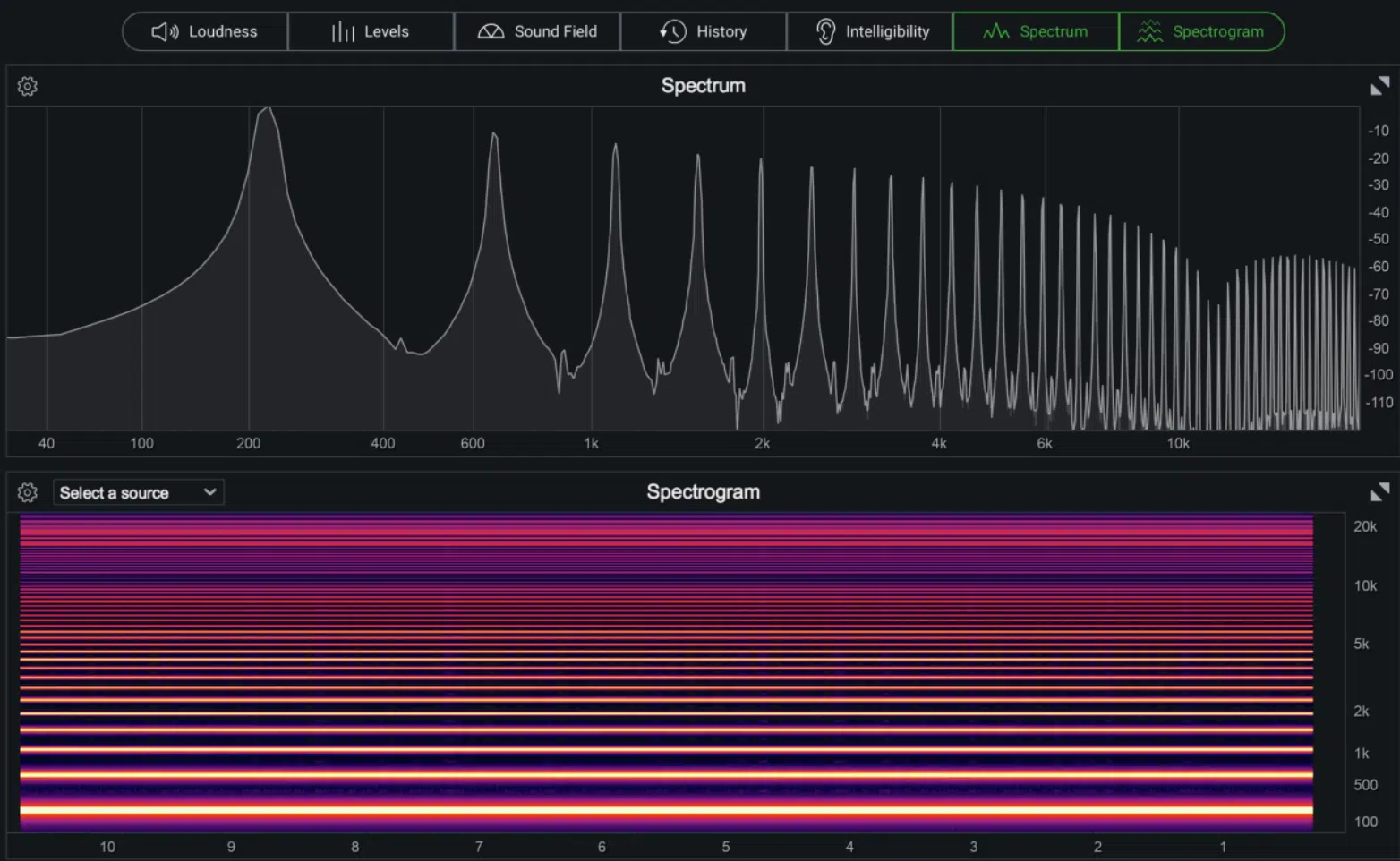
Texture and timbre provide the color and character of a mix.
These elements can be shaped by a wide range of factors, from the specific sounds of the instruments to the use of effects like reverb and distortion.
Understanding these elements and how to balance and shape them is one of the keys to effective mixing and music production.
Perfecting the Vocals: The Secret Sauce of the Mix
In many types of music, the vocals are the centerpiece of the mix.
They carry the melody and the lyrics 一 providing the primary point of connection for the listener.
As a mixing engineer, perfecting the vocal sound is often one of your most important tasks.
-
Volume Balancing
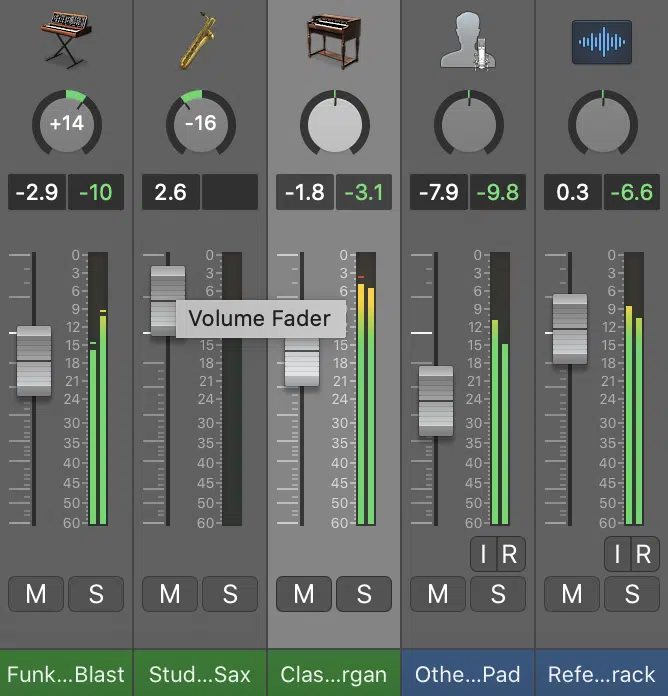
The process of perfecting the vocals starts with volume balancing.
You’ll need to ensure the vocals are loud enough to be clear and intelligible, without overwhelming the other elements of the mix.
-
Equalization (EQ)

EQ is another critical tool for shaping the sound of the vocals.
With EQ, you can boost or cut specific frequency ranges to help the vocals stand out or blend in with the rest of the mix.
This can also be a powerful tool for removing unwanted frequencies or resonances.
-
Compression

Compression is often used to control the dynamic range of the vocals, ensuring that they’re consistently audible without being overly loud or harsh.
This involves a careful balancing act, as too much compression can make the vocals sound unnatural or lifeless.
-
Reverb & Delay
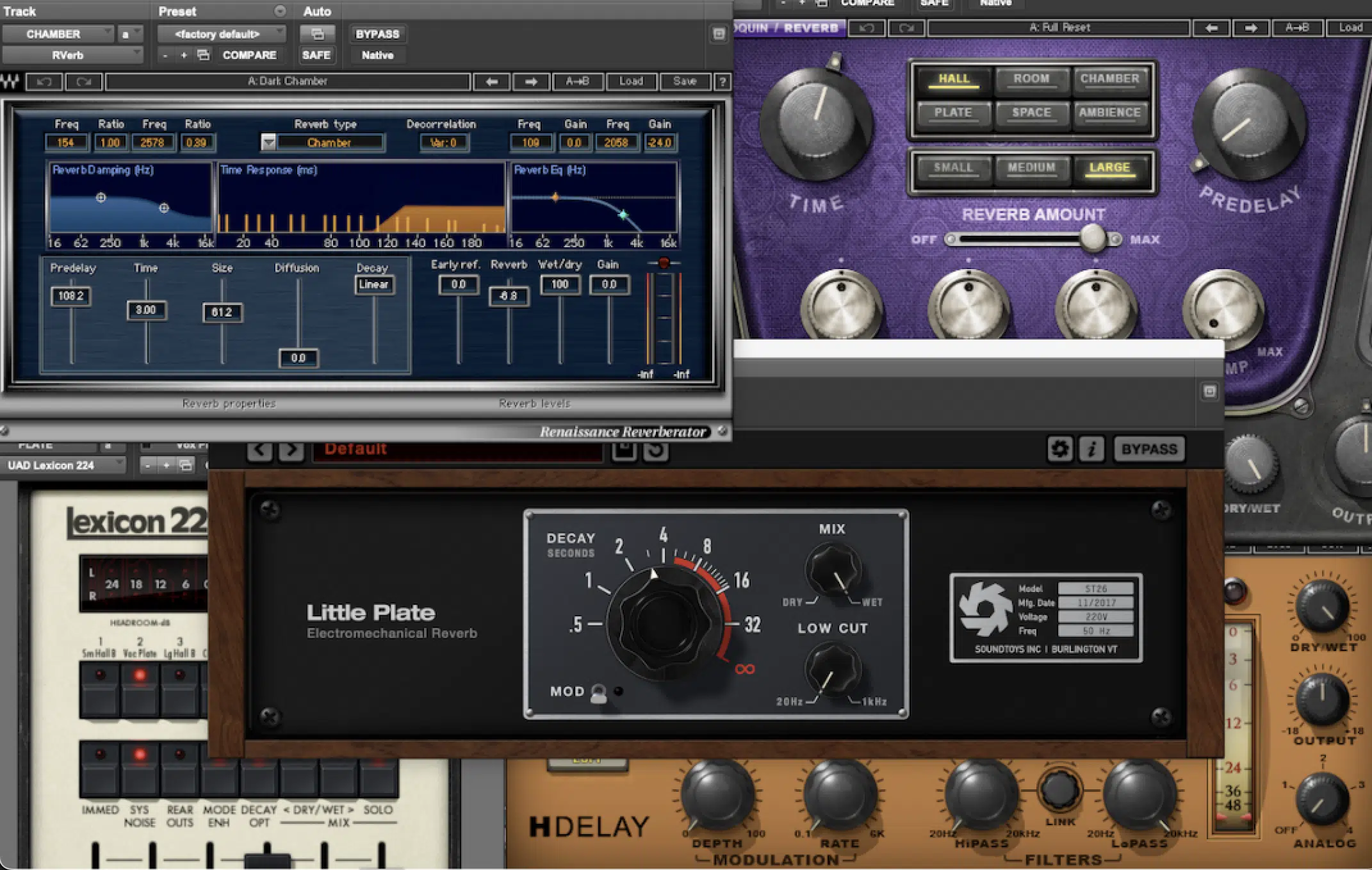
Effects like reverb and delay can also be used to create a sense of space and depth for the vocals.
These effects should be used sparingly, though, as too much can make the vocals sound distant or muddy.
NOTE: That’s just one mixing mistake you can make, we break down the 25 deadly mixing mistakes that every producer and mixing engineer should avoid at all costs.
In the end, perfecting the vocal sound is as much an art as a science.
It requires a careful ear, a deep understanding of the tools at your disposal, and a sensitivity to the emotional content of the vocal performance.
-
Other Instruments In a Mix
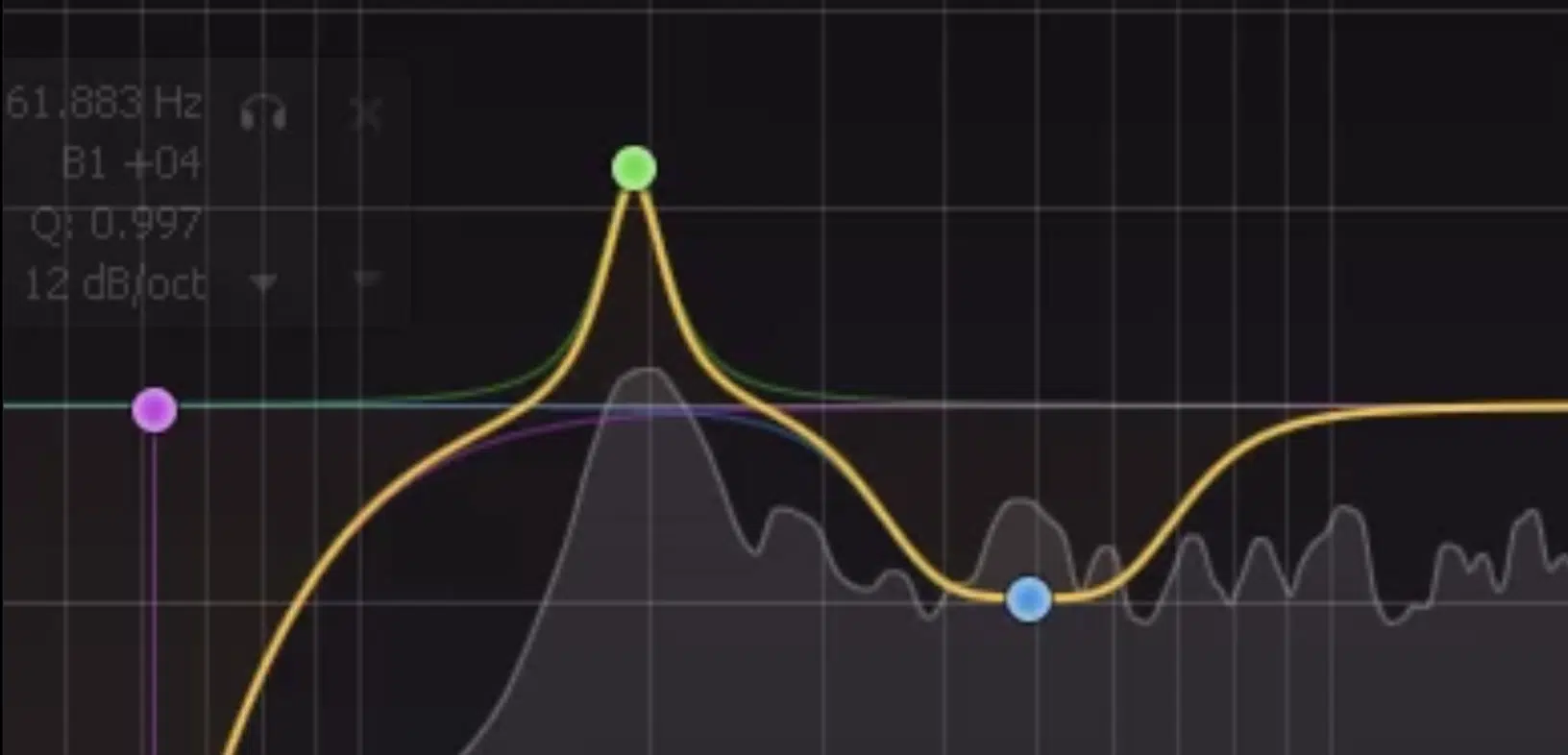
Just as the vocals are a key component of a mix, so too are the individual recorded instruments.
Each instrument brings its own sonic character to the mix, and understanding how to balance and blend these characters is a fundamental skill for a mixing engineer.
Each instrument has its own frequency range and dynamic profile, which can affect how it fits into the mix.
For example, a bright, punchy snare drum might cut through the mix easily 一 while a warm, mellow bass guitar might need a bit of help to be heard clearly.
As a mix engineer, it’s your job to understand the unique characteristics of each instrument and to shape and position them in the mix accordingly.
This might involve using EQ to carve out a place in the frequency spectrum for each instrument or using panning to create a sense of space and separation between instruments.
The goal is to create a mix where each instrument has its own place, but where all the elements work together to serve the song.
It’s a delicate (necessary) balancing act, and it requires both technical skill and musical sensitivity.
-
Audio Files
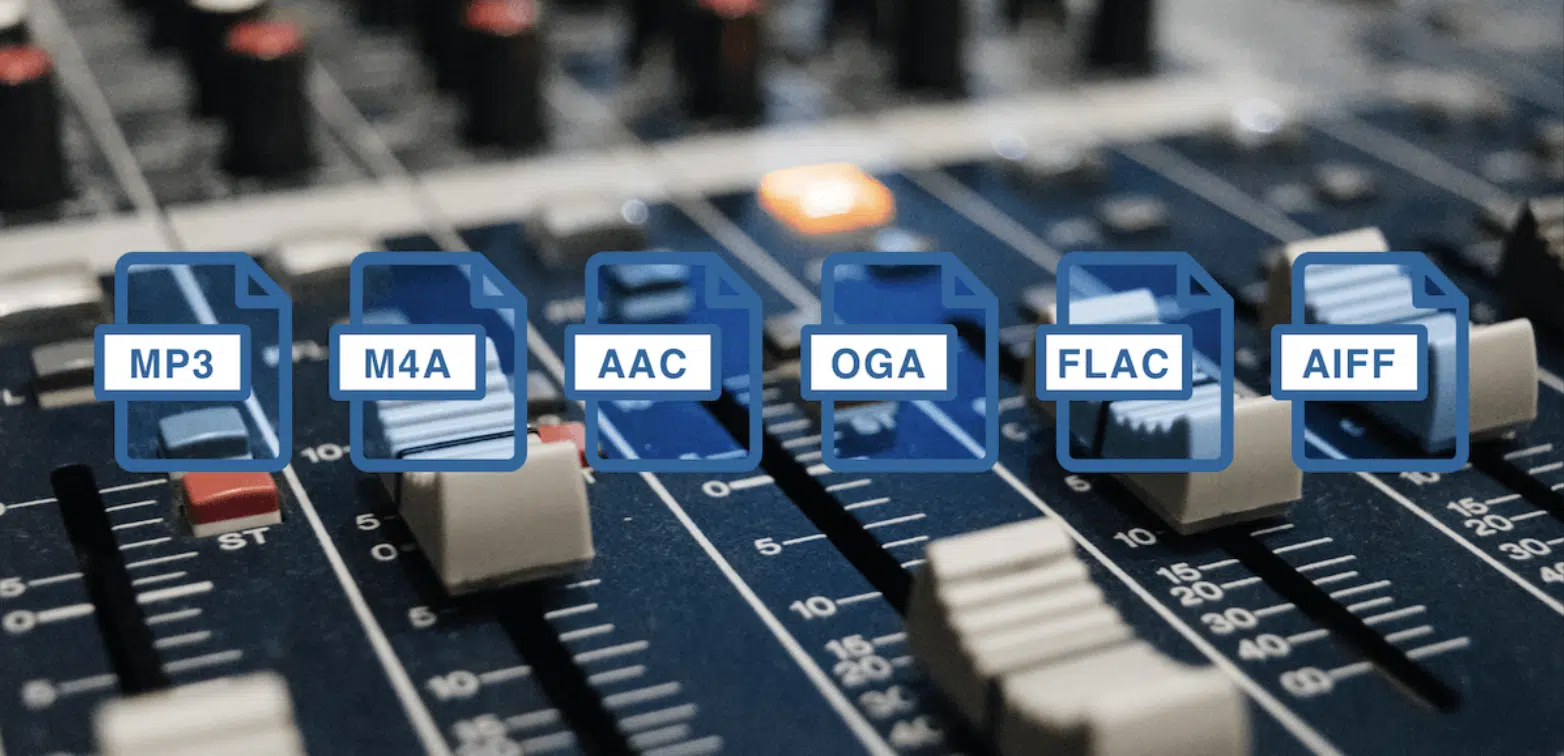
At the heart of the audio mixing process is the audio file: the raw material that the mixing engineer works with.
The quality and format of these files can have a significant impact on the mixing process.
- High-resolution audio files 一 Generally preferred for mixing, as they provide the most detail and the widest dynamic range.
- Lower-resolution files 一 Can limit what’s possible in the mix, as they may lack detail or suffer from artifacts like clipping or aliasing.
The format of the audio file is also important.
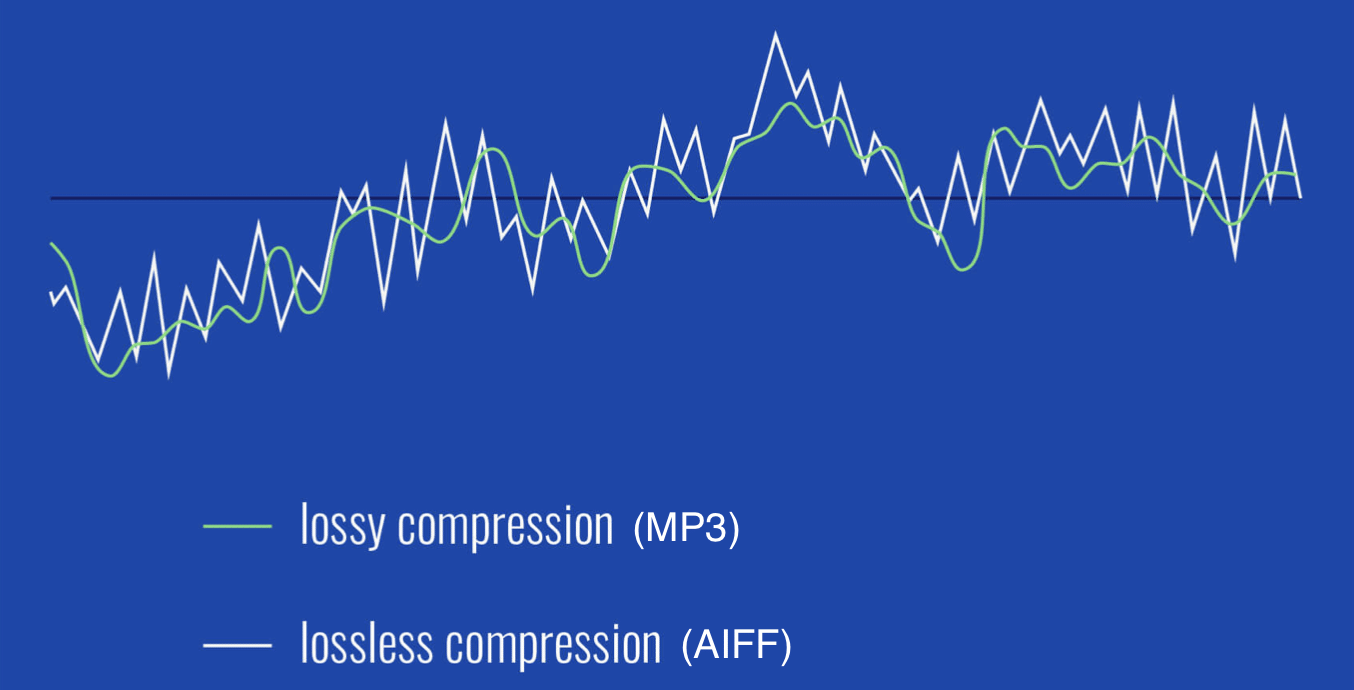
- Uncompressed formats (like WAV/AIFF) 一 Generally preferred, as they provide the highest quality.
- Compressed formats (like MP3/AAC) 一 Can be used in a pinch, but they can introduce artifacts and degrade the sound quality.
The organization of the audio files is also crucial.
A well-organized session, with each track clearly labeled and arranged in a logical order, can make the mixing process much smoother and more efficient.
NOTE: Lossy reduces file size by permanently removing some of the original data. Lossless reduces file size by removing unnecessary metadata.
How To Become a Mixing Engineer
Becoming a mixing engineer typically involves a combination of formal education, hands-on experience, and self-guided learning.
Studying music theory is how many aspiring mixing engineers begin their journey.
It’s typically audio production and/or sound engineering at a university or vocational school.
This provides a solid theoretical foundation and offers opportunities for hands-on practice.
1. Build a Home Studio & Mix Your Own Projects
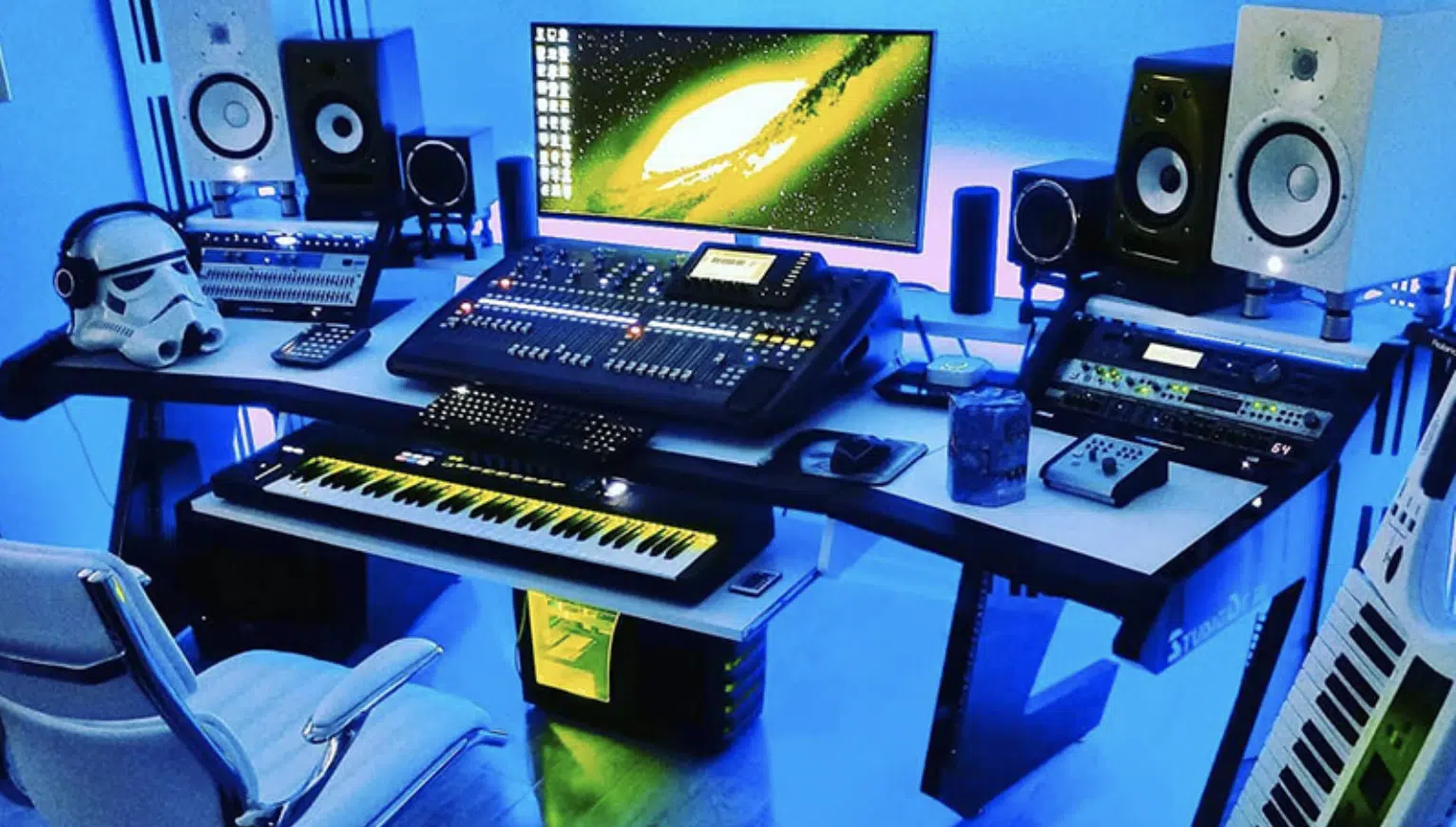
This can be an effective way to gain experience and develop your skills.
It allows for experimentation and continuous learning in a practical, hands-on setting.
Remember, the world of music production is always evolving and growing, so you want to always stay ahead of the curve.
2. Technical Proficiency
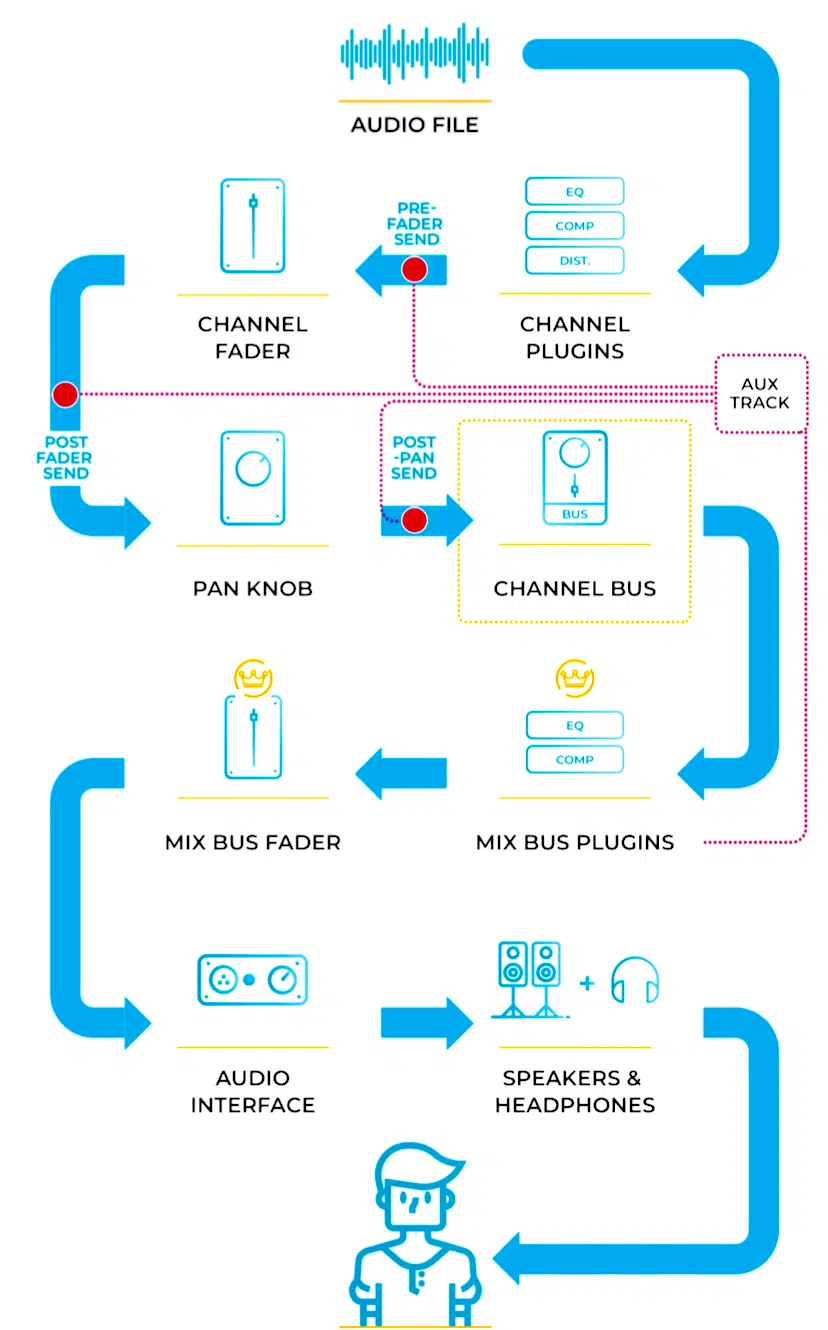
Top mix engineers have a deep understanding of audio technology, signal flow, and the tools of the trade.
But they also have a strong musical sense, which allows them to make creative decisions that serve the song.
So, always keep up with the newest trends, styles, and technological advances in order to be a master of your domain.
3. Interpersonal Skills

Mixing engineers often work closely with artists, producers, and other members of the production team.
Meaning, you’ll need to be able to communicate effectively, manage relationships, and facilitate collaboration.
4. Ongoing Education

Unison Affiliate Program (describe in the Final Thoughts section below).
The technology and techniques used in audio production are constantly evolving, and successful mixing engineers stay current by continually learning.
Try joining online music production courses, watching tutorials, look up industry publications, and attend professional development workshops.
The more you get your name out there, the more mixing opportunities you’ll get (word-of-mouth is key!).
Searching for Engineer Jobs: Expert Tips & Resources
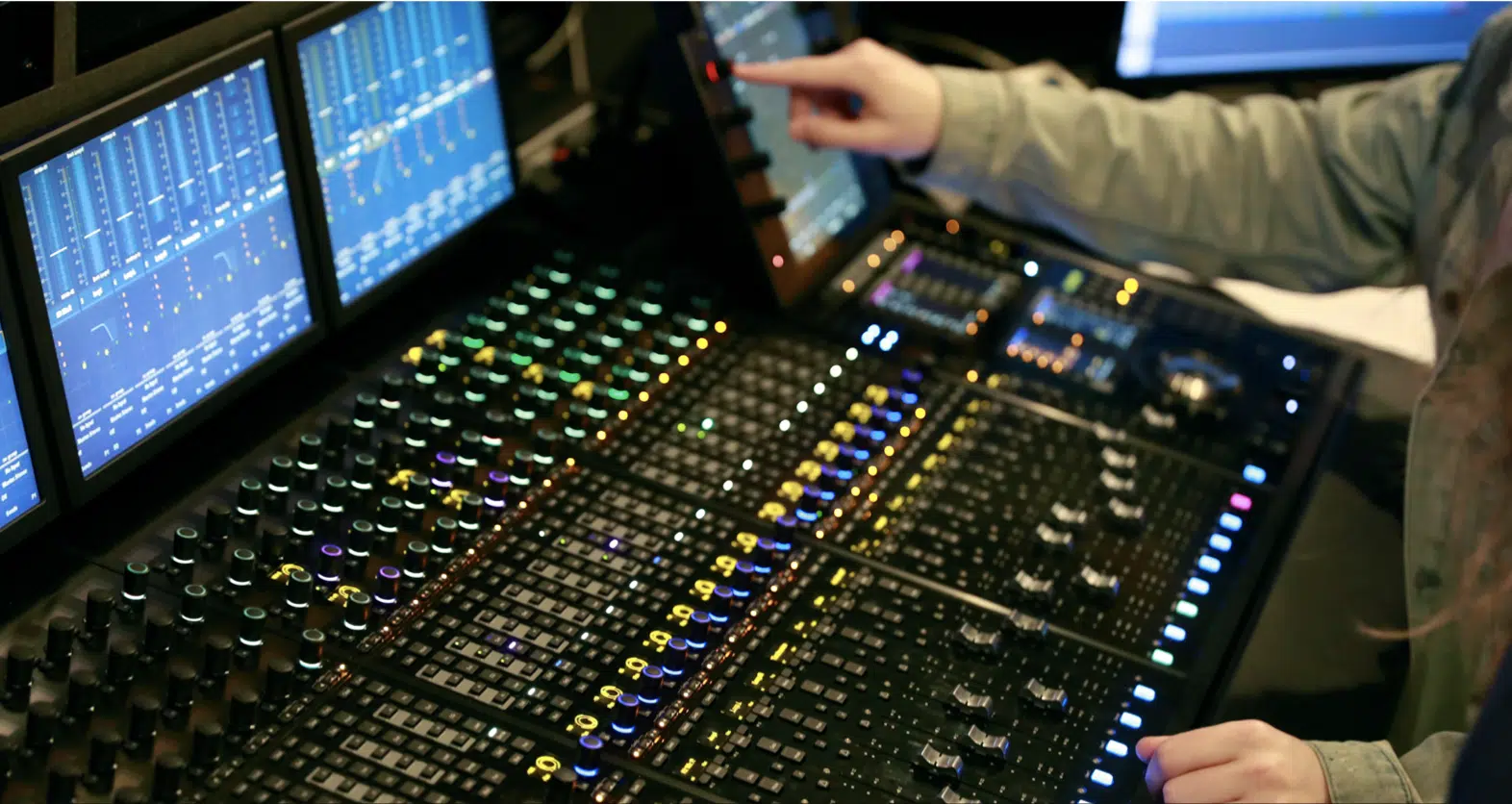
Finding work as a mixing engineer can be challenging, particularly when you’re just starting out… however, there are several strategies and resources that can help.
Networking is crucial in the music industry, so make sure to:
- Attend industry events
- Join professional associations
- Engage with online communities to meet other industry professionals and potential clients
There are several job boards and websites that post audio engineer job listings, such as:
SoundBetter: This platform specializes in connecting musicians with music production professionals. Mixing engineers can create profiles to offer their services, showcasing their portfolio to potential clients worldwide.
AirGigs: A marketplace similar to SoundBetter, AirGigs also caters specifically to the music production industry. Mixing engineers can post their services for artists to hire.
Kompoz: This site is designed for online collaboration in music production. Mixing engineers can join projects and contribute their skills.
MixButton: A platform where you can hire professional mixing and mastering engineers for your tracks. Engineers can register to offer their services as well.
Melboss: Melboss is a music hub that connects artists with music industry professionals. Mixing engineers can join to network and find work opportunities.
Keep in mind that a strong online presence is crucial in this digital age.
Make sure to leverage social media platforms, personal websites, and music-centric communities in addition to these dedicated platforms.
Also, it’s super important to build a strong portfolio of your work, such as:
- Collections of tracks you’ve mixed, ideally across a variety of genres
- Examples of your unique skills
- Having a public portfolio on your own website
- Get your music on popular streaming services
This way, potential clients can find and evaluate your work.
NOTE: Don’t underestimate the value of internships or entry-level positions at recording studios. These can provide invaluable experience, and they often lead to opportunities for advancement.
Mixing Engineers: Final Thoughts
Well, there you have it… we’ve journeyed through the realm of the mixing engineer, exploring their roles, responsibilities, and the crucial part they play in music production.
We’ve looked at how they shape the sonic landscape of a song, creating mixes that can move, inspire, and captivate audiences.
We’ve examined the technical skills and musical intuition required, along with the many opportunities available in this fascinating career path.
Remember, mastering the art and science of mixing isn’t just about the technical aspects 一 about helping artists realize their musical visions, taking raw tracks and transforming them into polished gems.
If you’re ready to embark on this journey, there’s no time like the present to dive in and start honing your skills!
To help you along the way, consider exploring resources such as this insanely beneficial music production Affiliate Program.
It’s helped over 220,000 producers refine their craft and make their best music (plus get a huge paycheck too).
By joining the Unison Affiliate Program, you can support your dream of becoming a full-time music producer and earn a reliable income by promoting high-quality, unique products.
With top converting offers in the entire music industry and a 50% commission across the board, this could be an invaluable opportunity to fuel your journey into the world of music production.
So, whether you’re a budding mixer, an established engineer, or just an avid music lover, remember that the world of mixing is deep and wide.
It’s a process that requires patience, dedication, and passion.
But in the end, the reward of crafting a beautiful mix is truly priceless.
Until next time…







Leave a Reply
You must belogged in to post a comment.